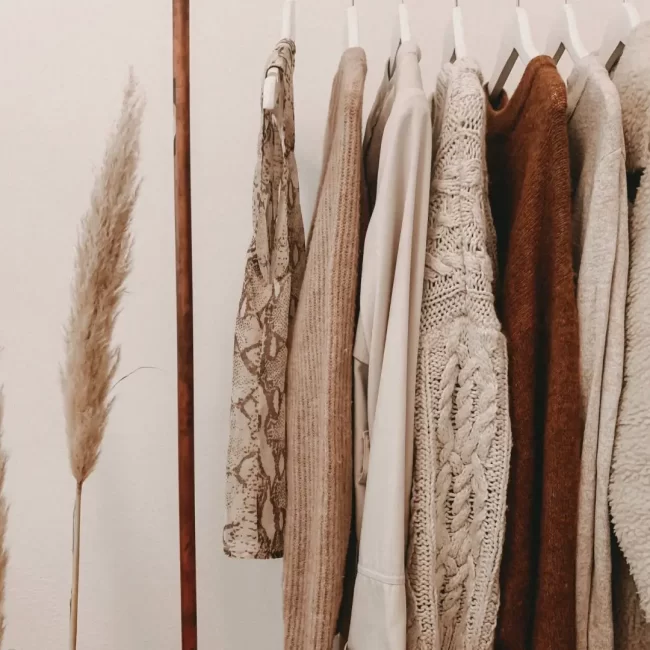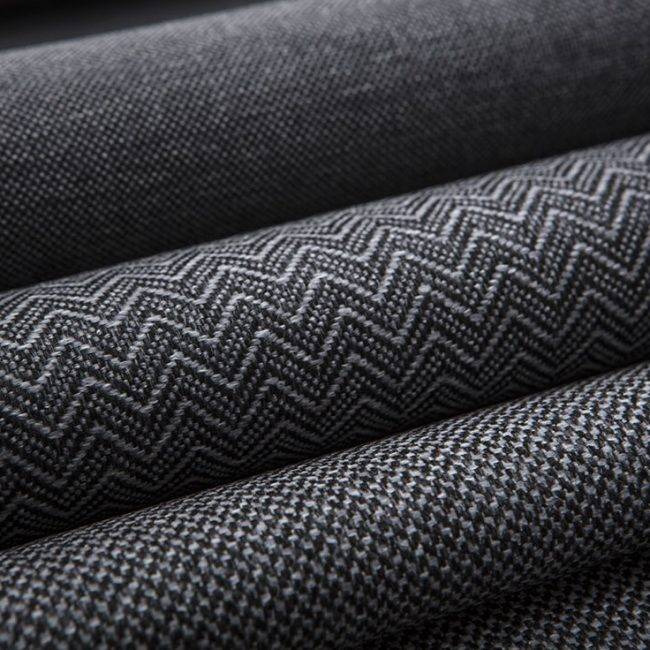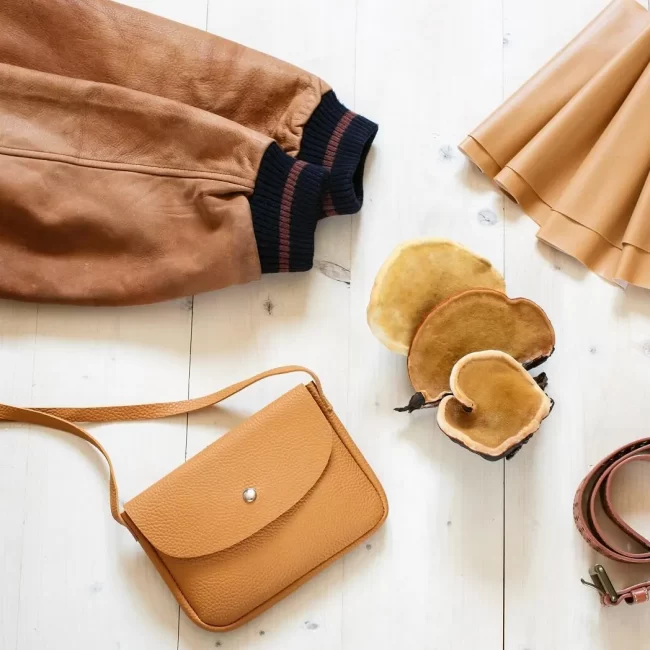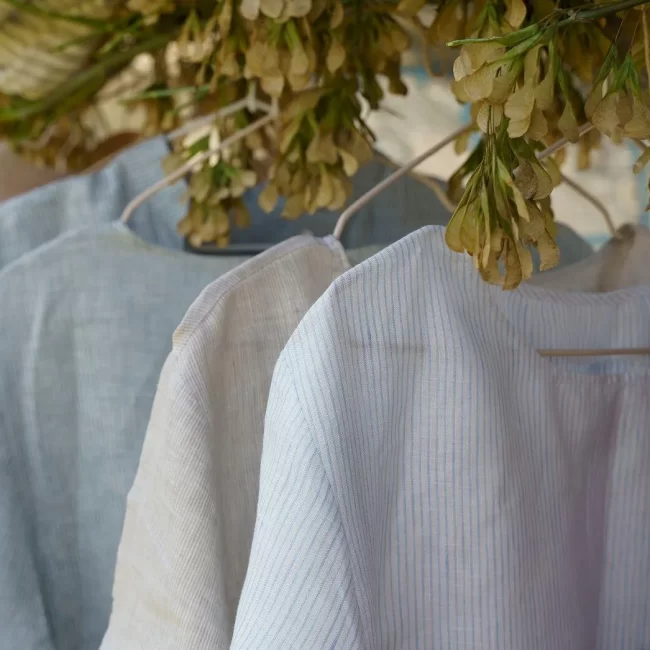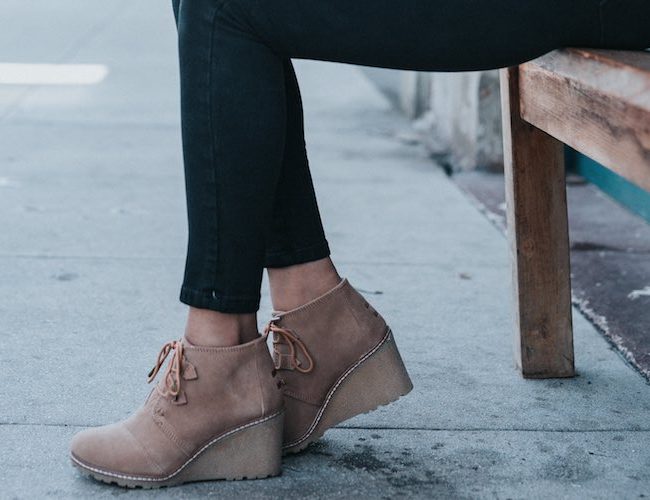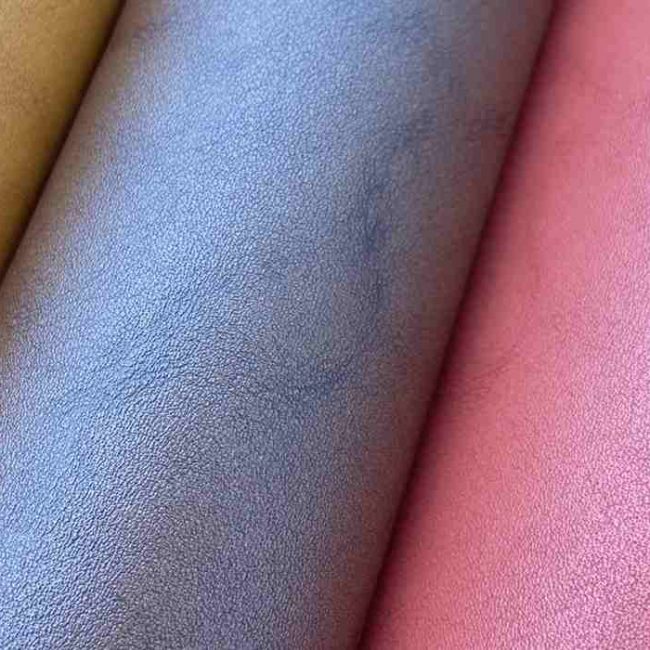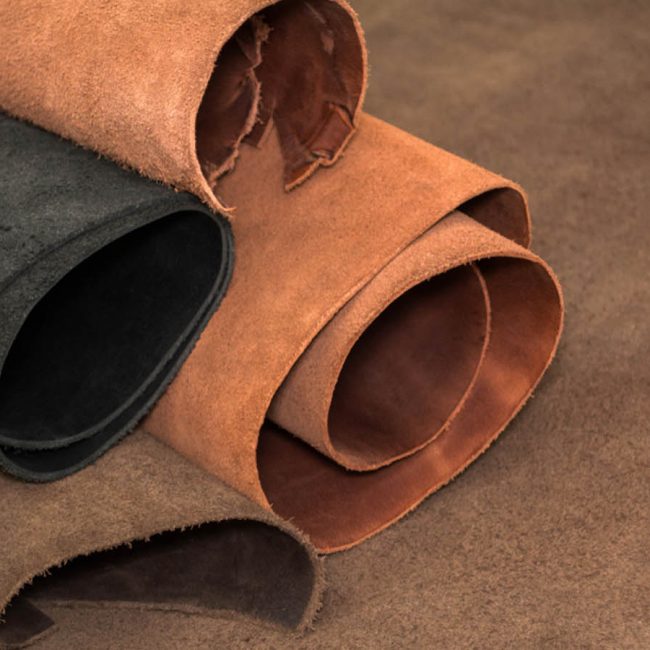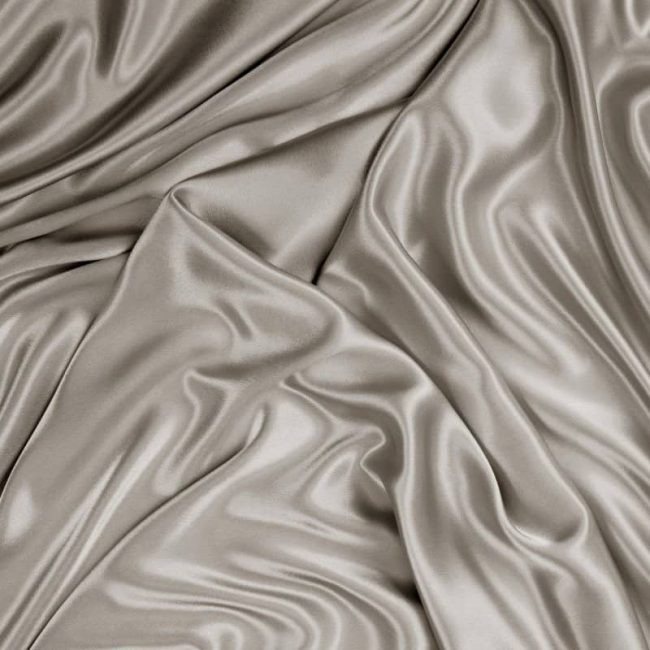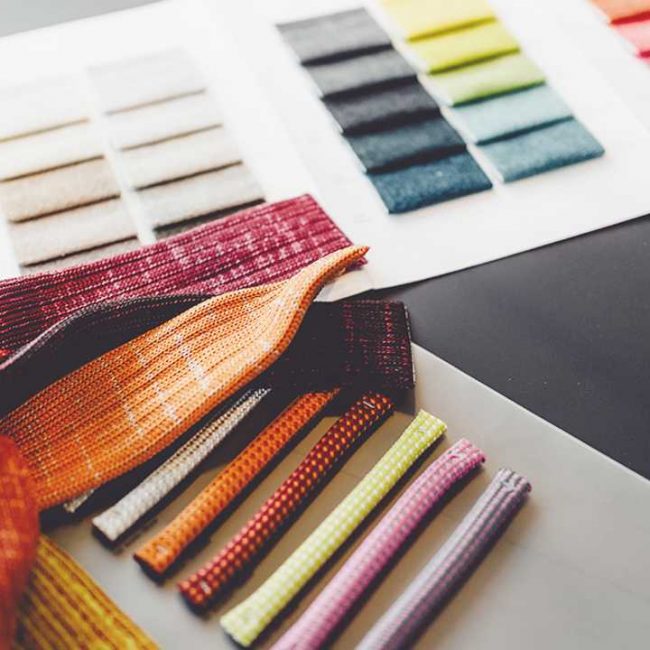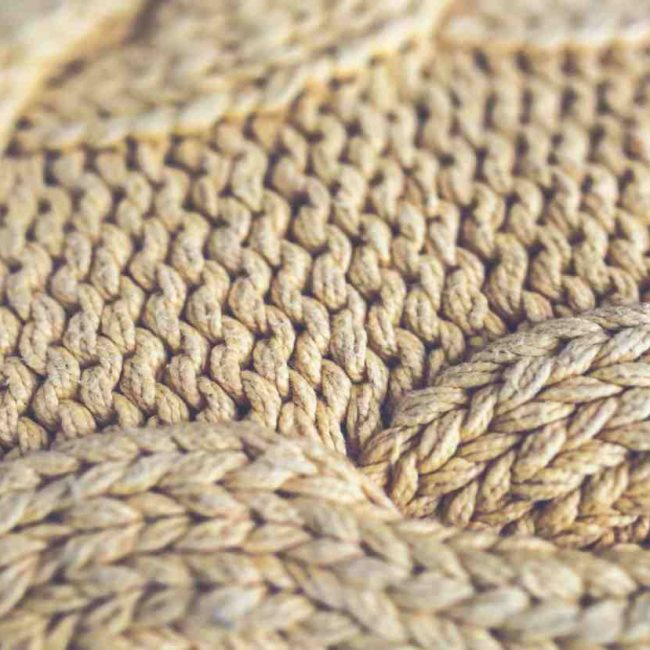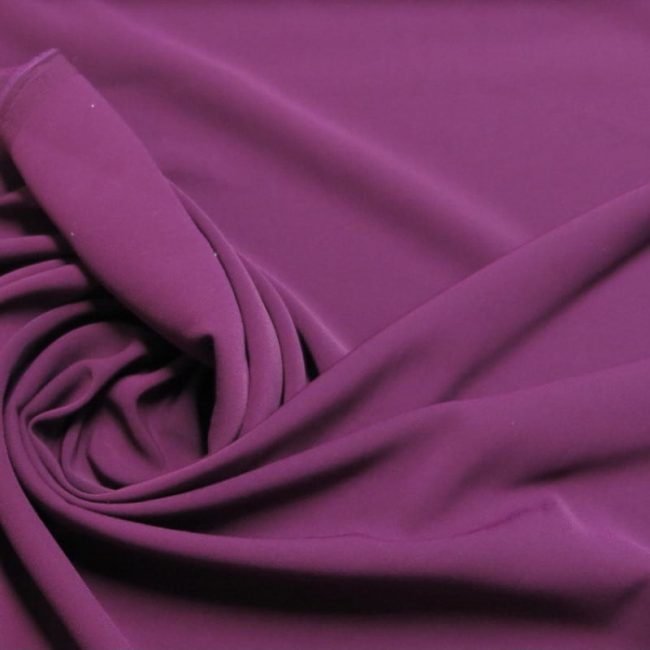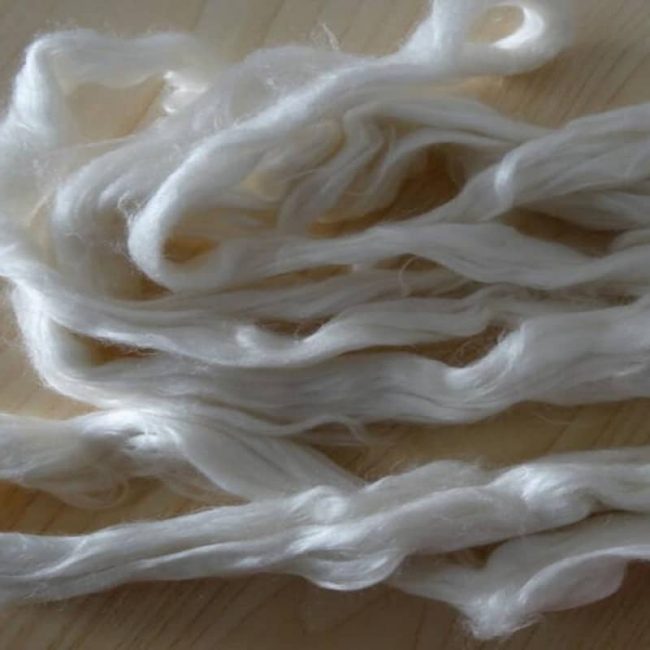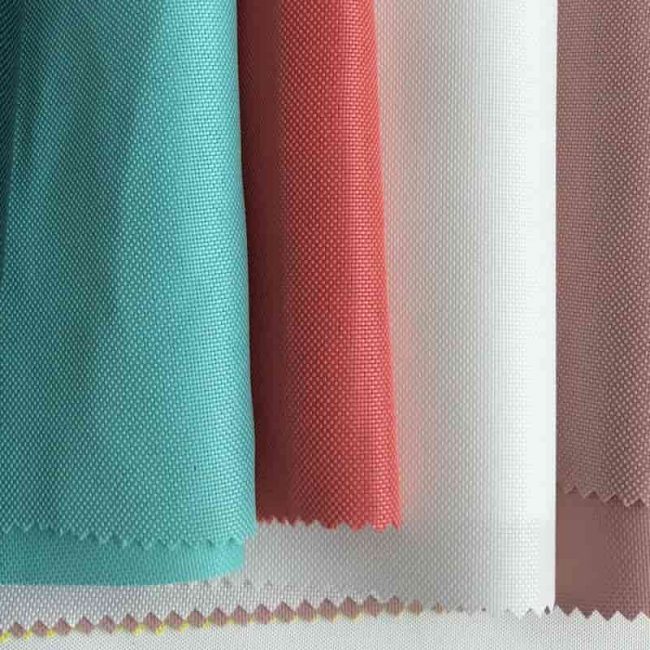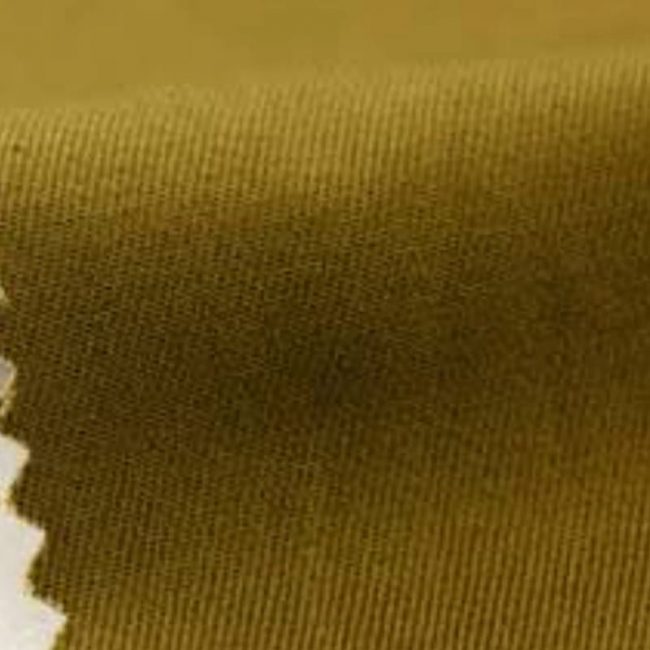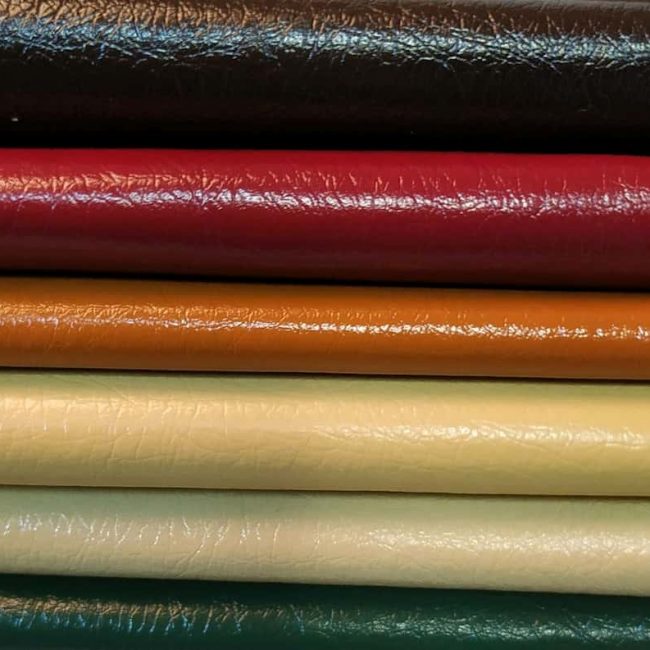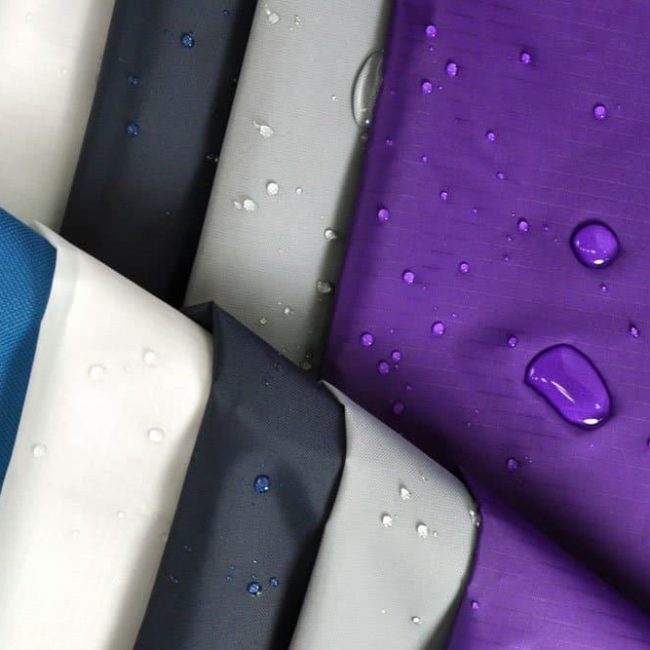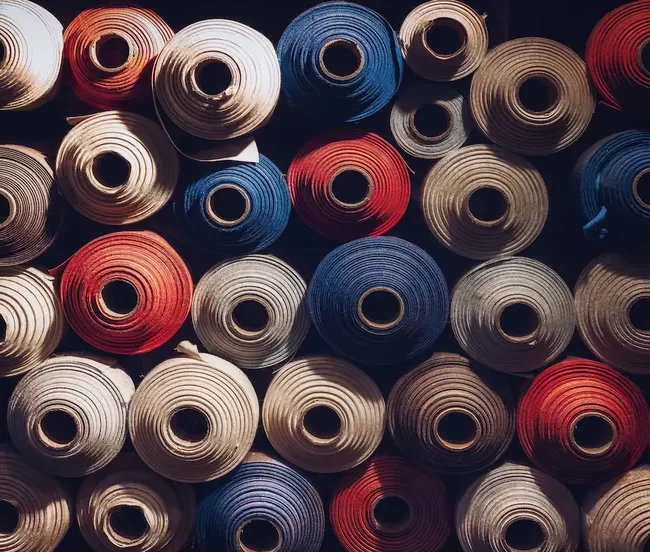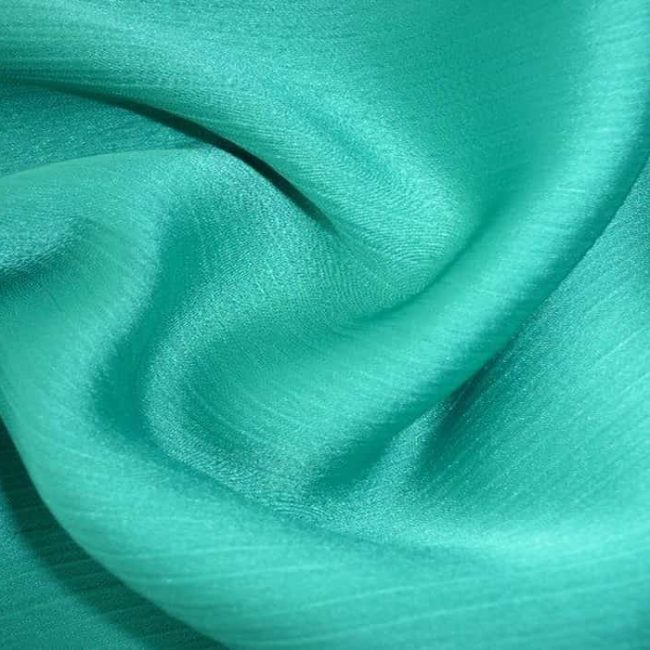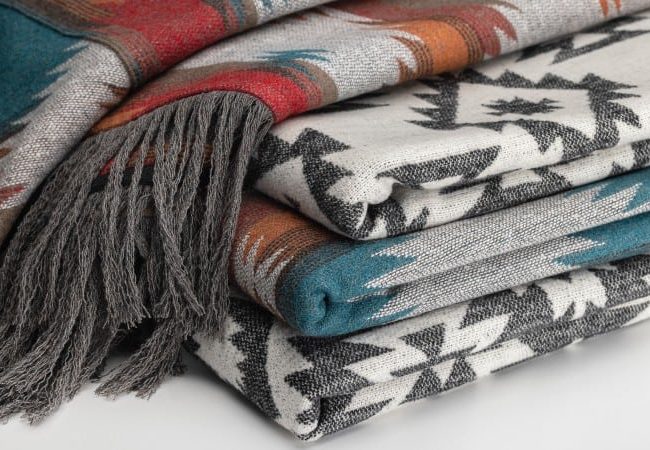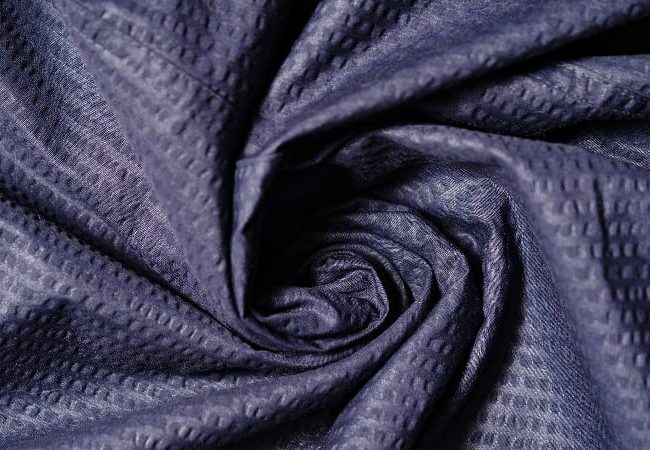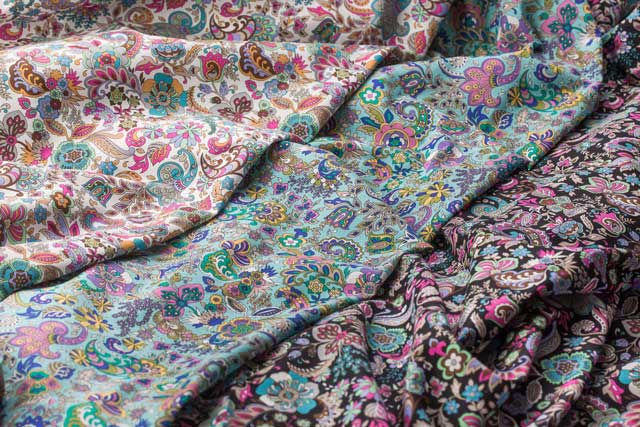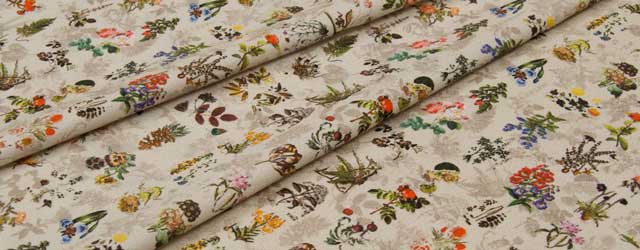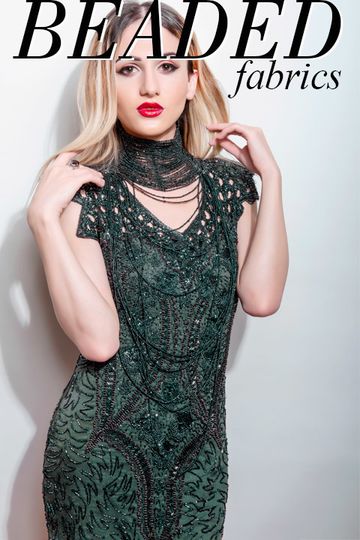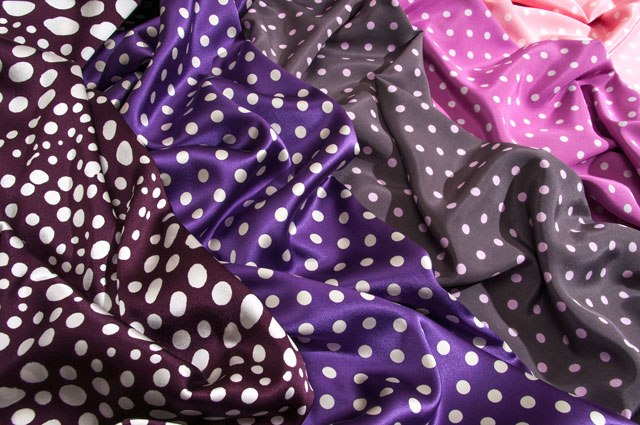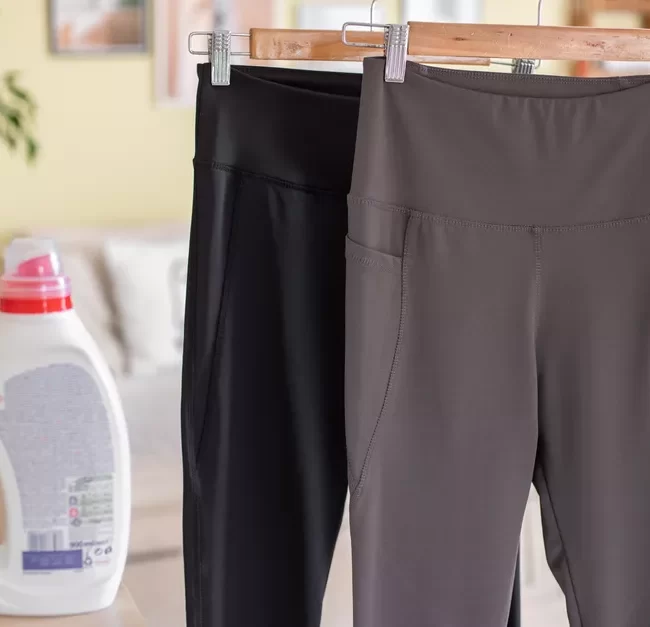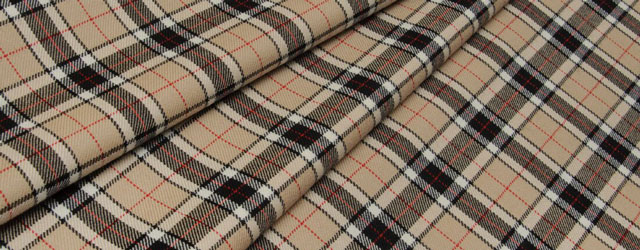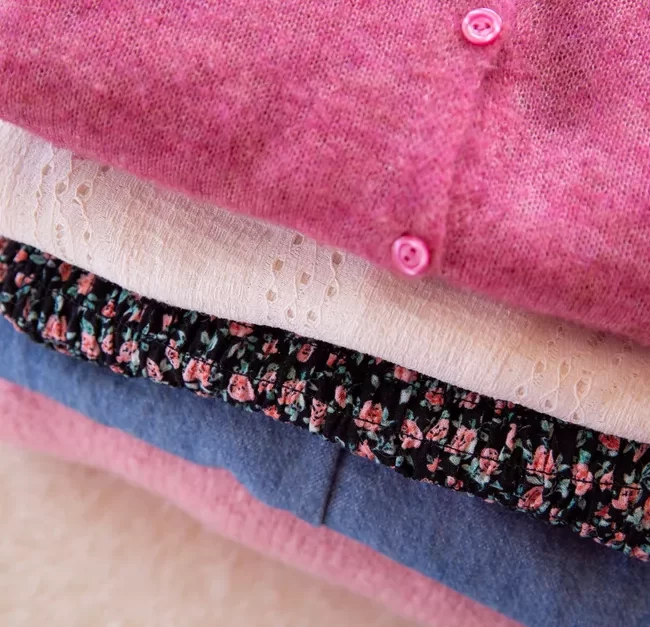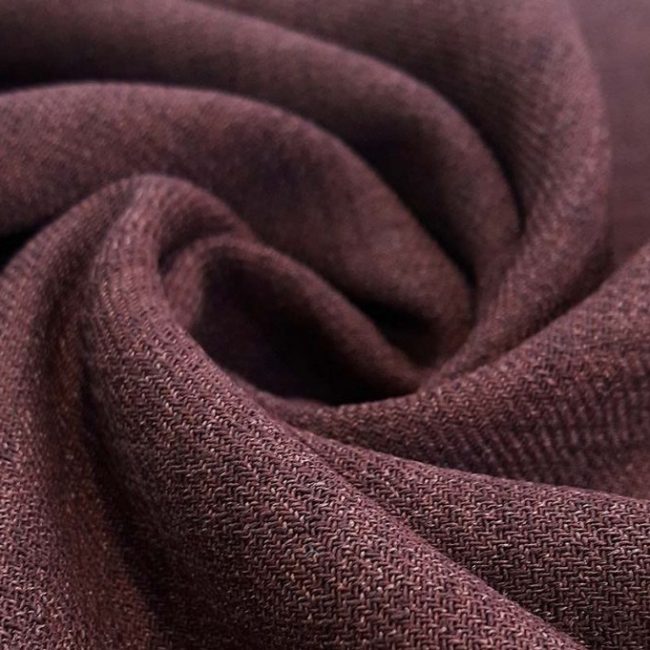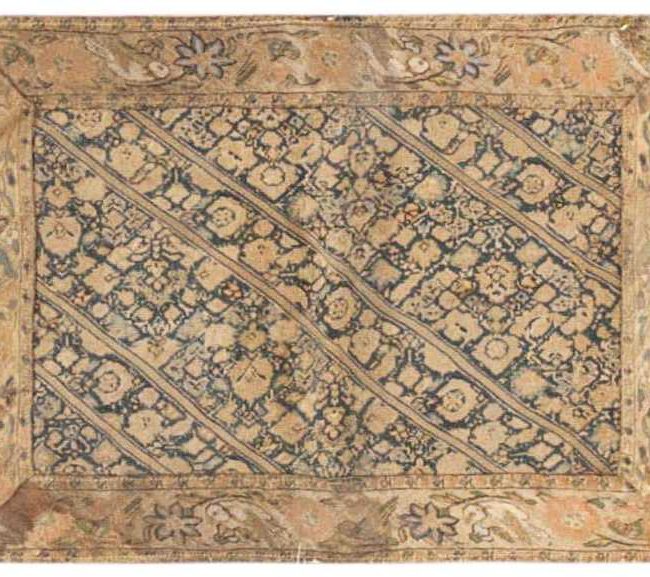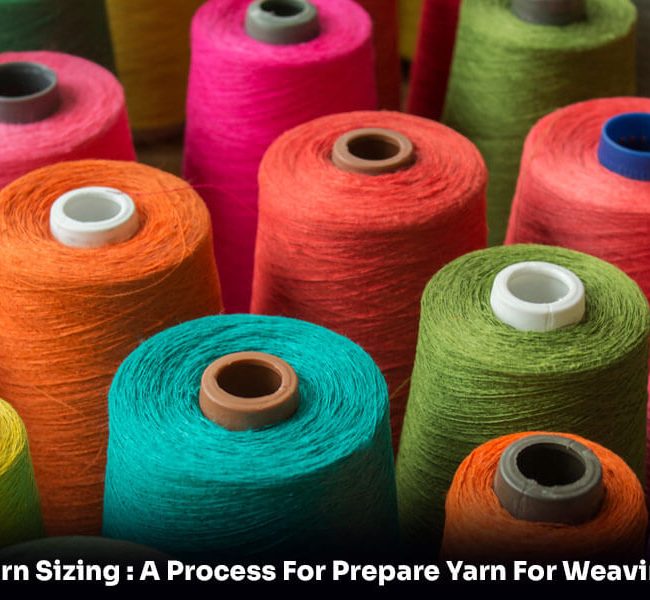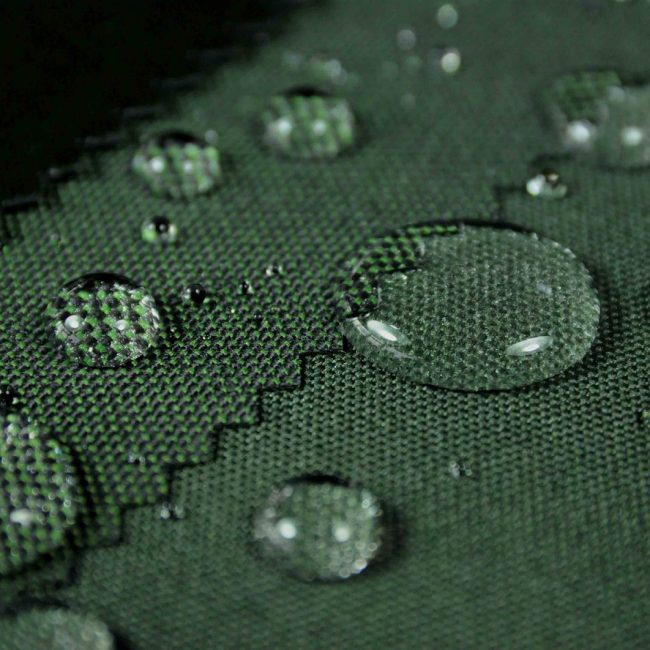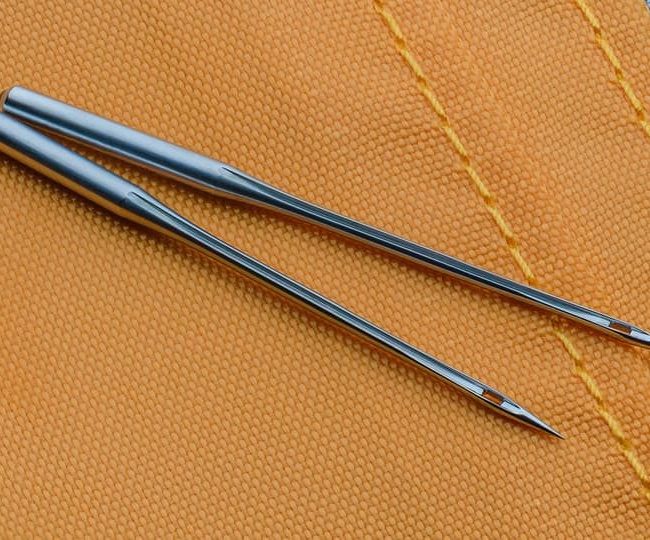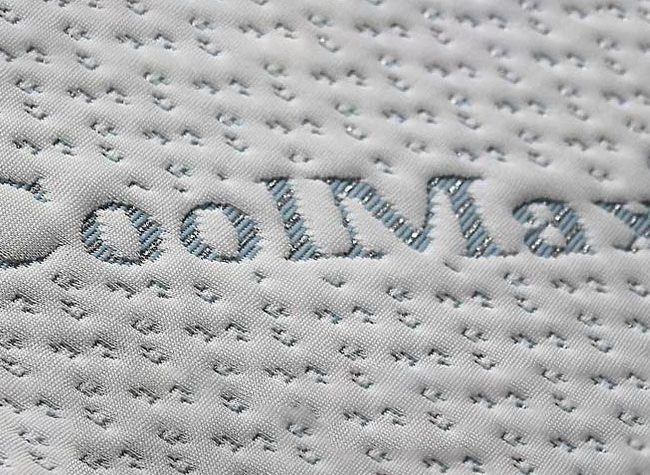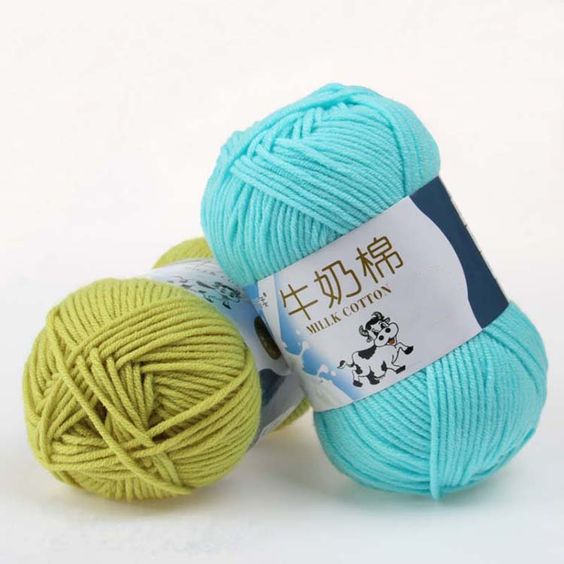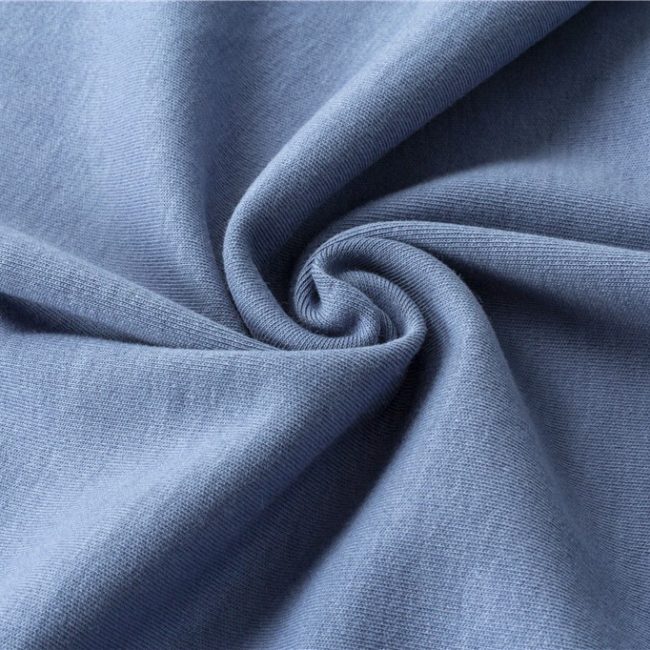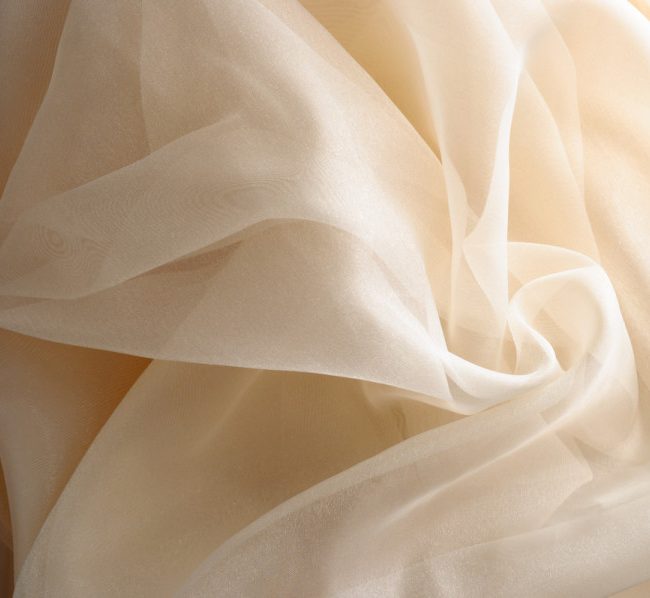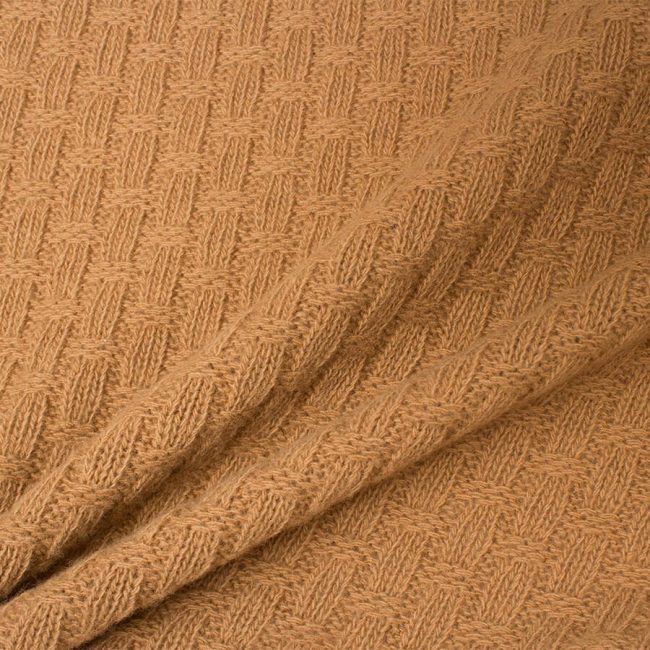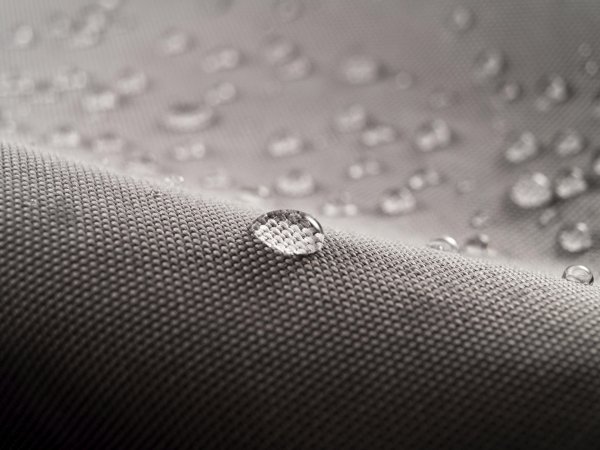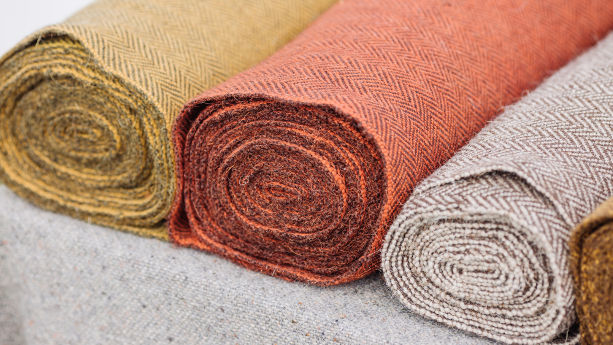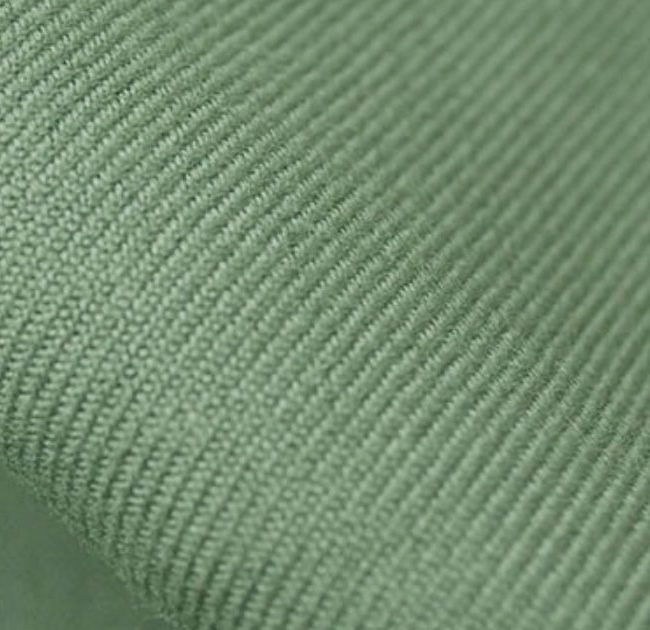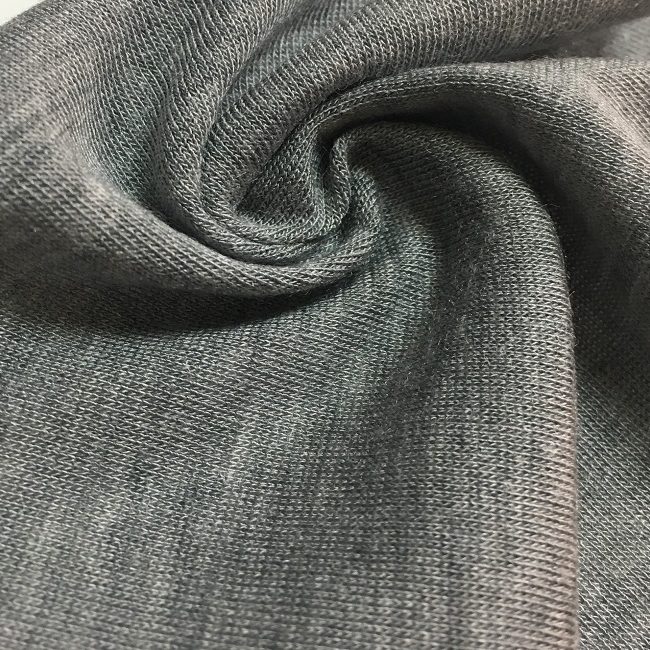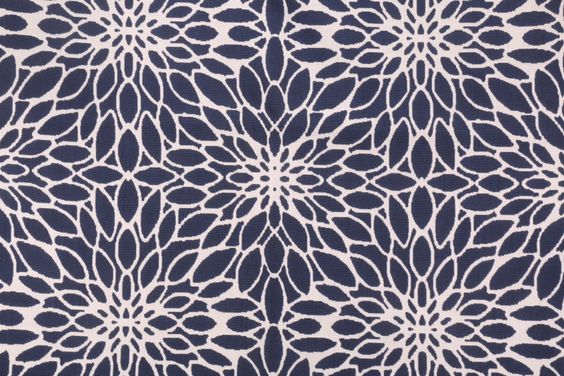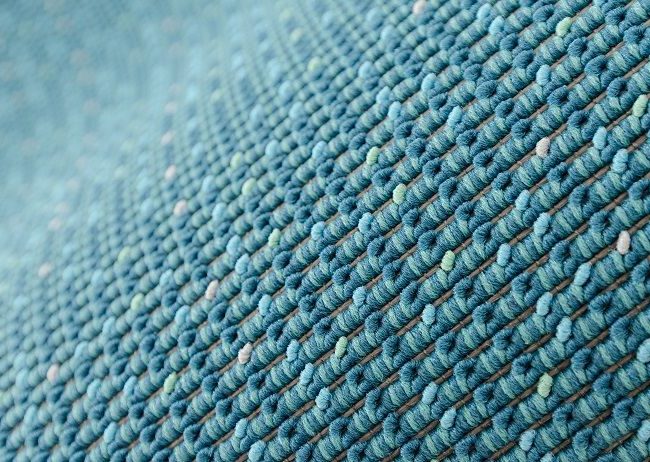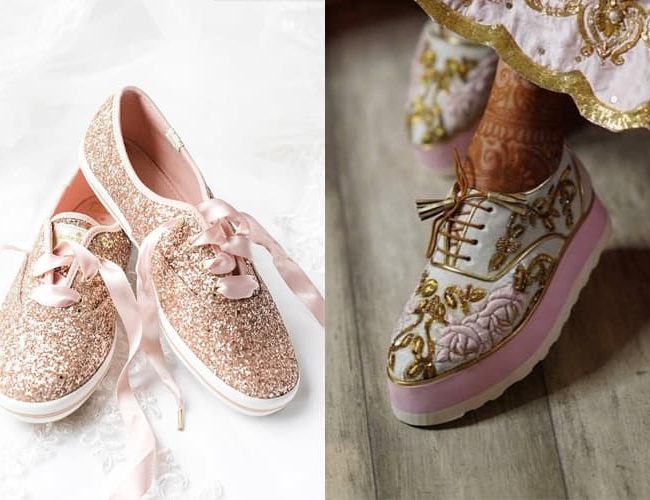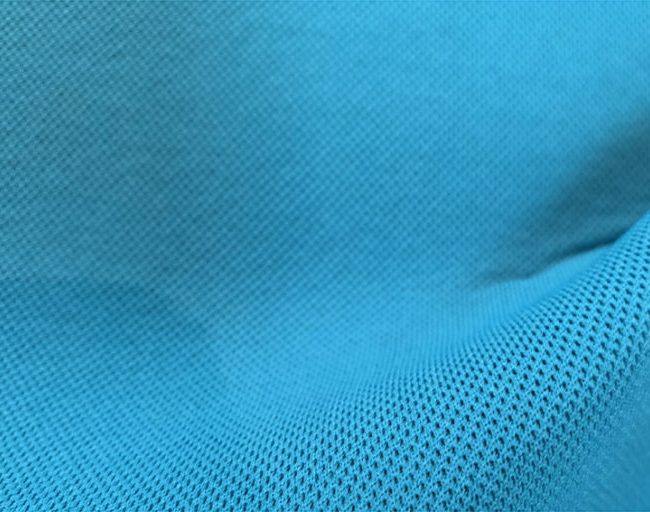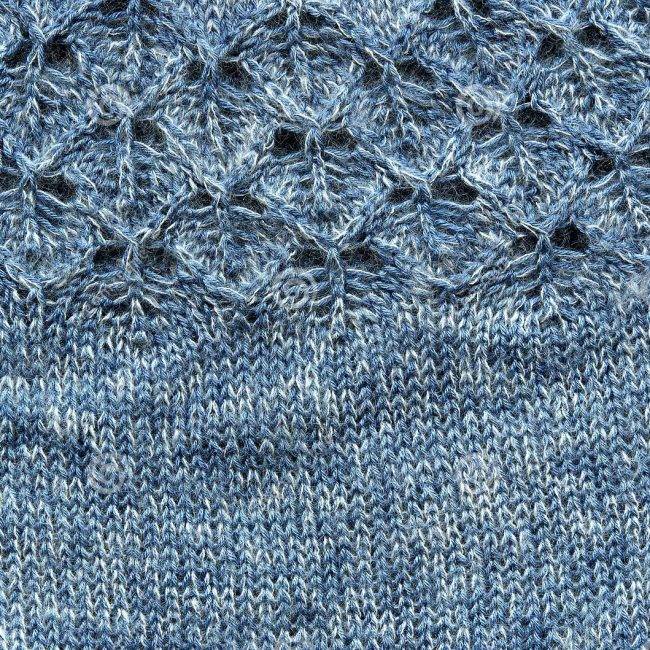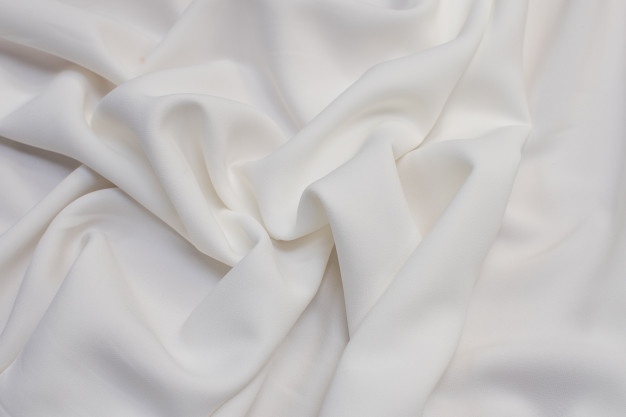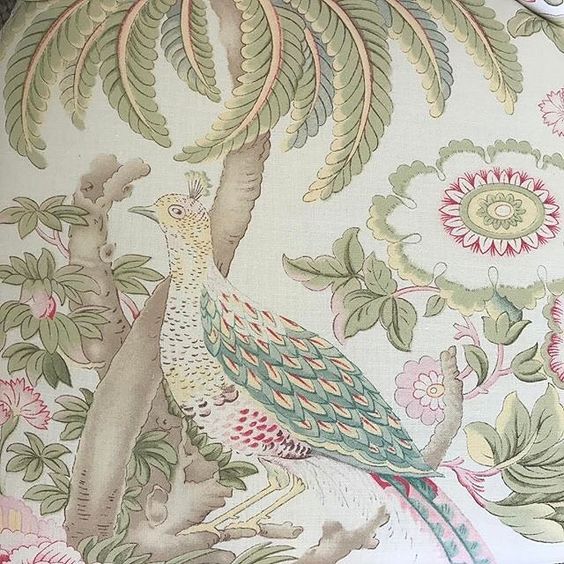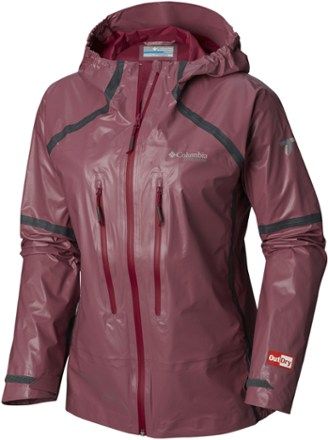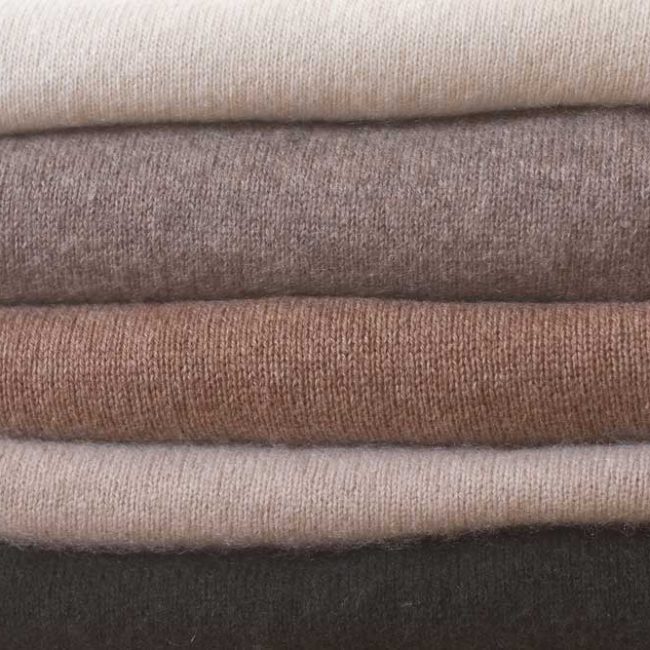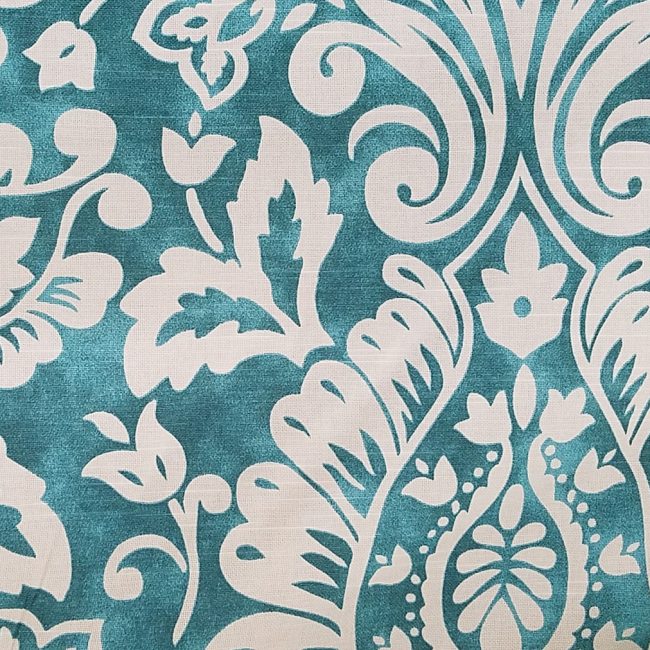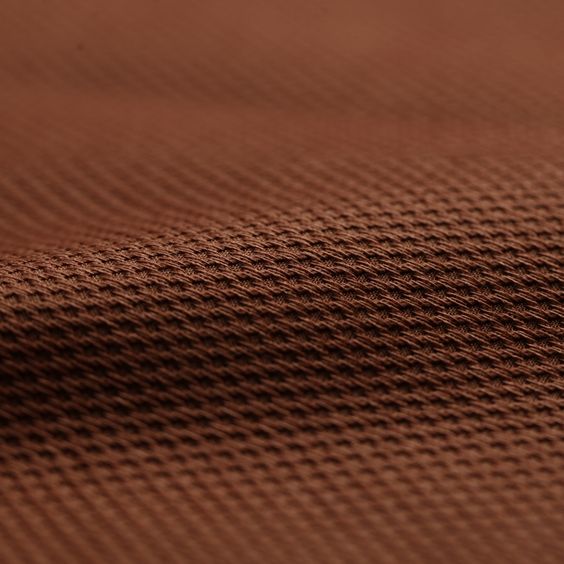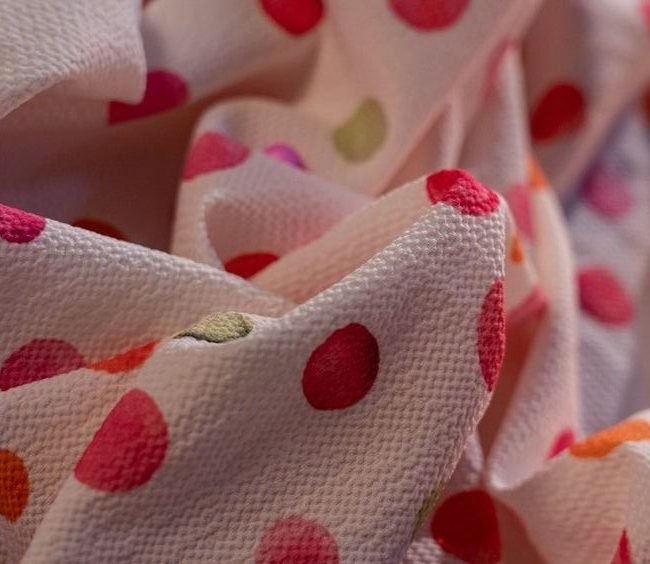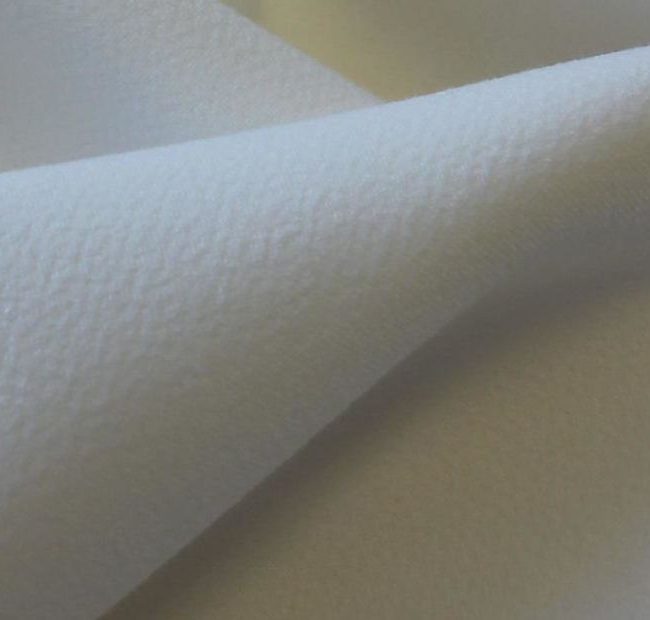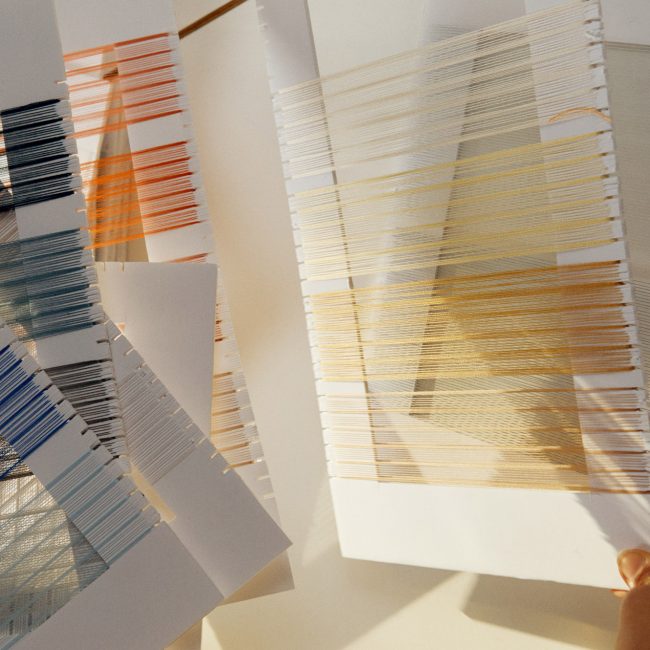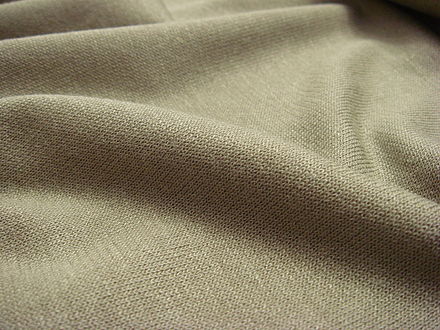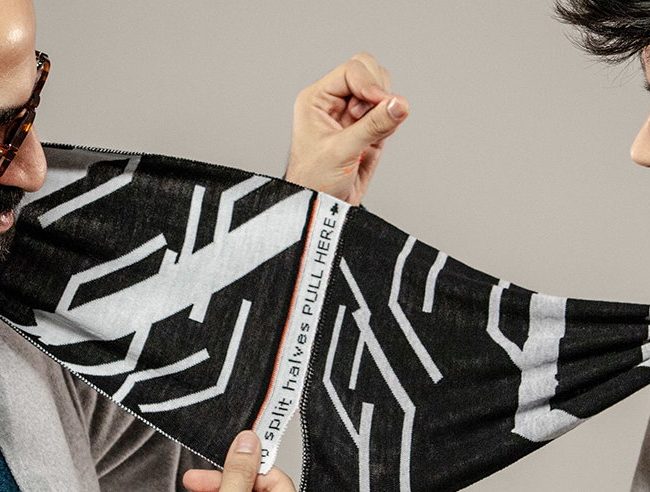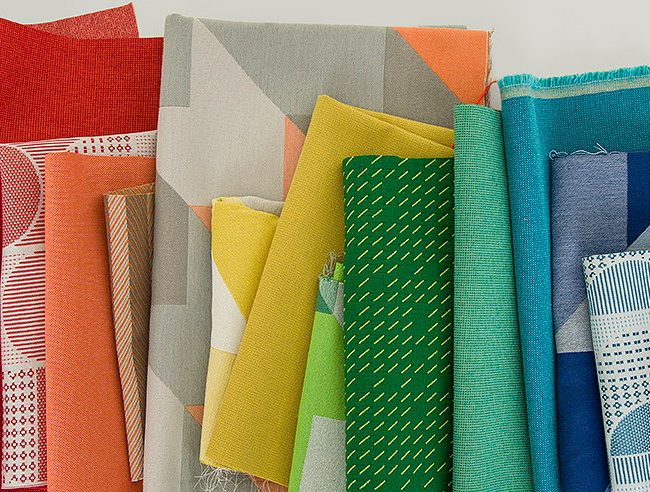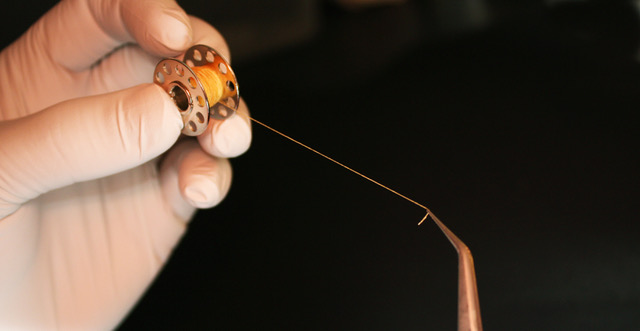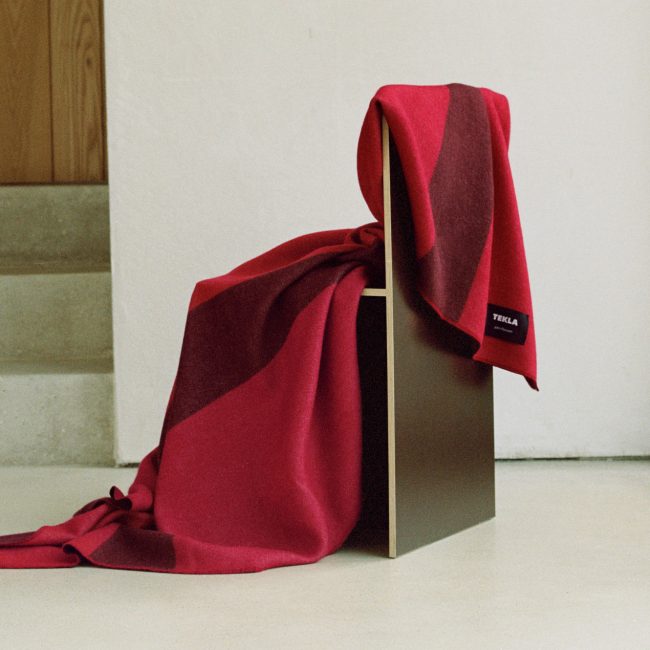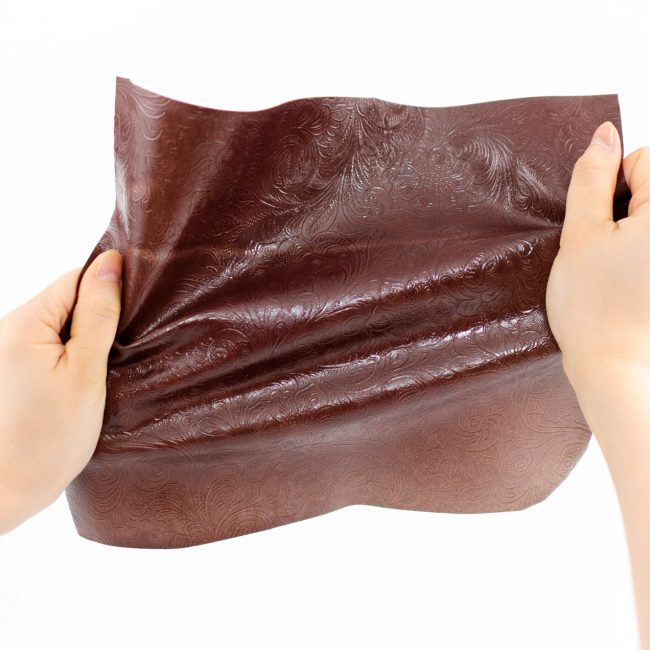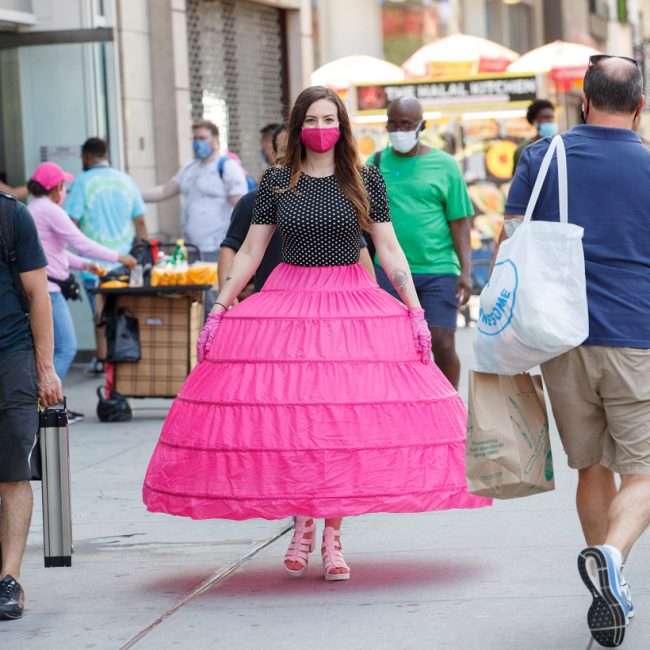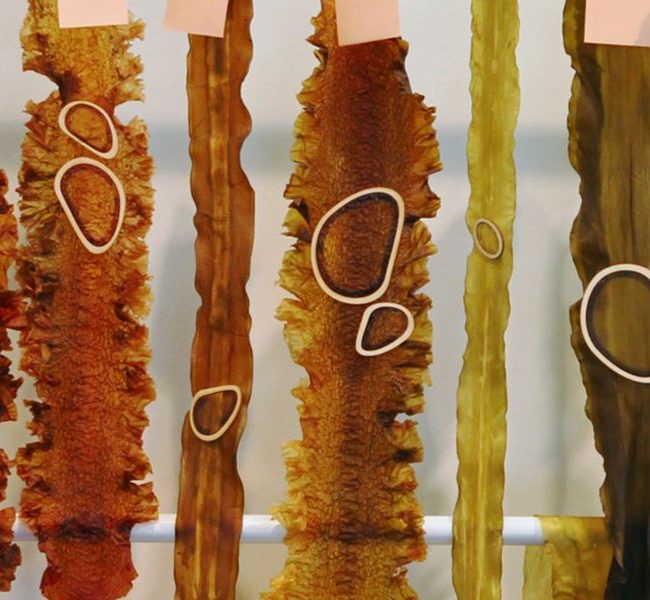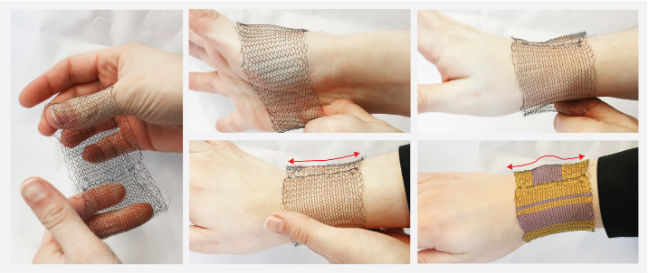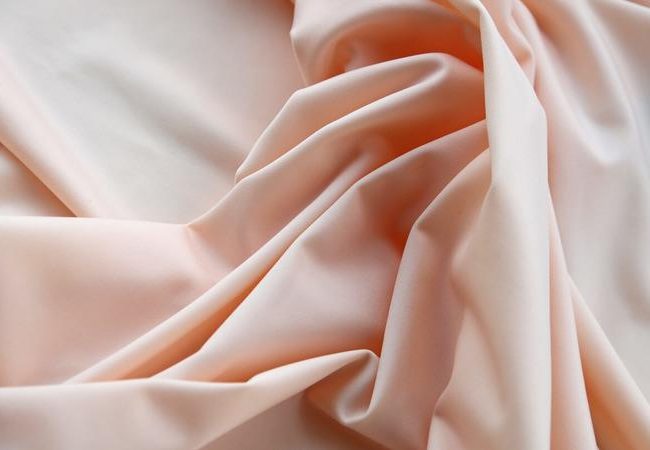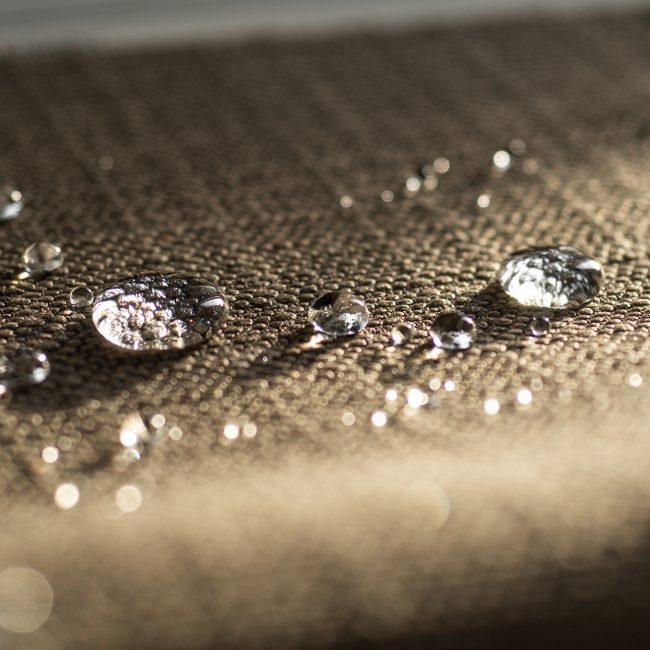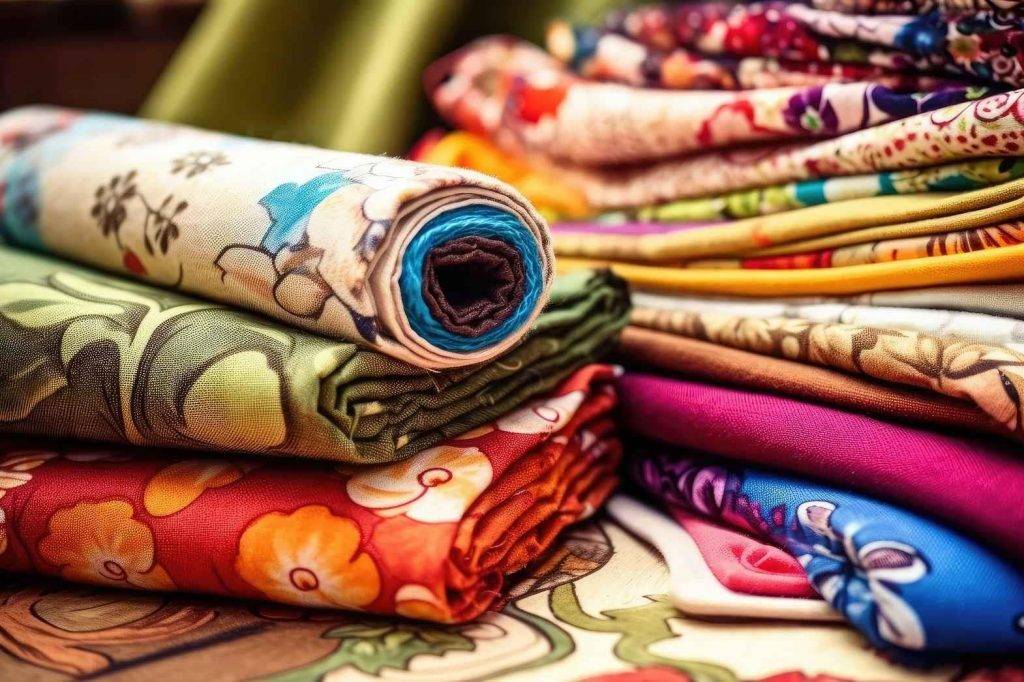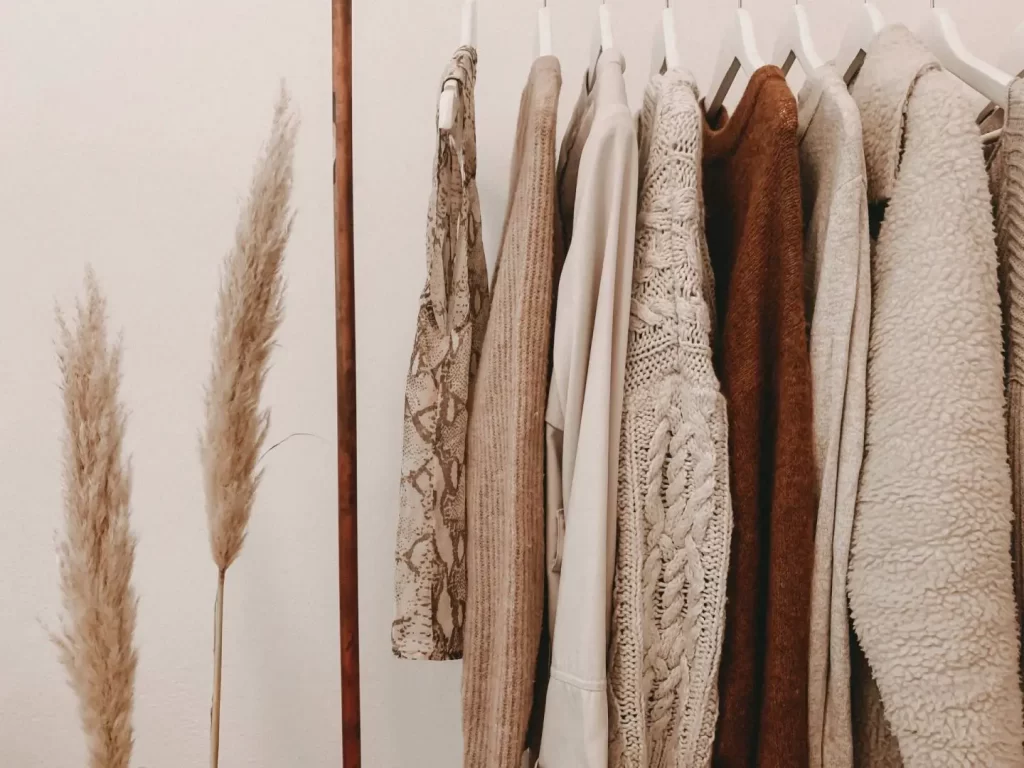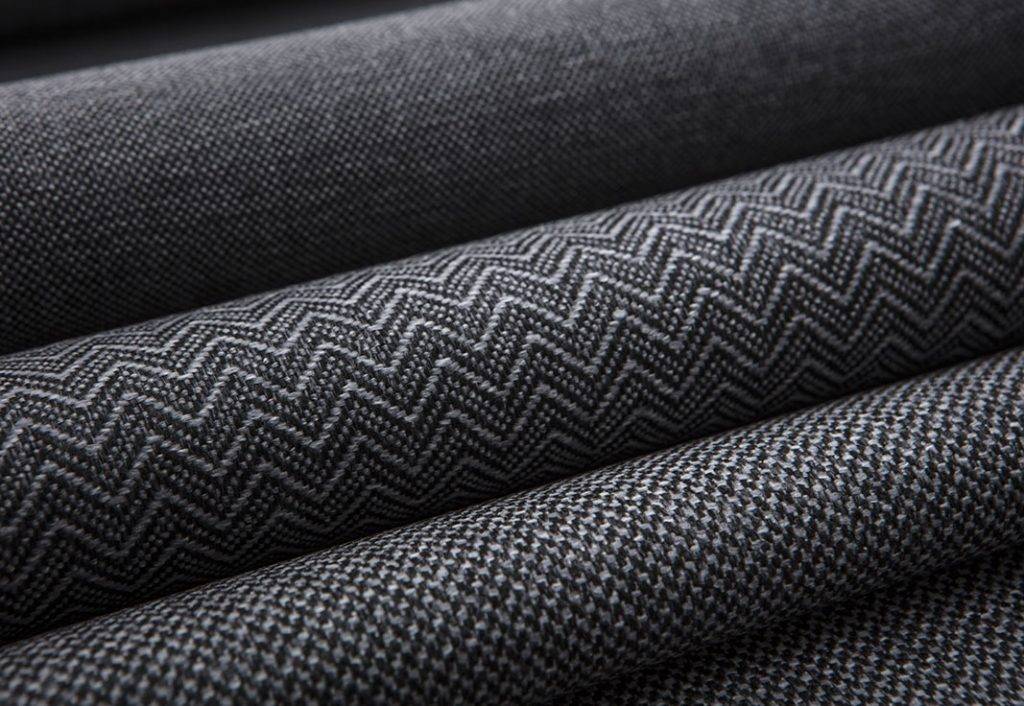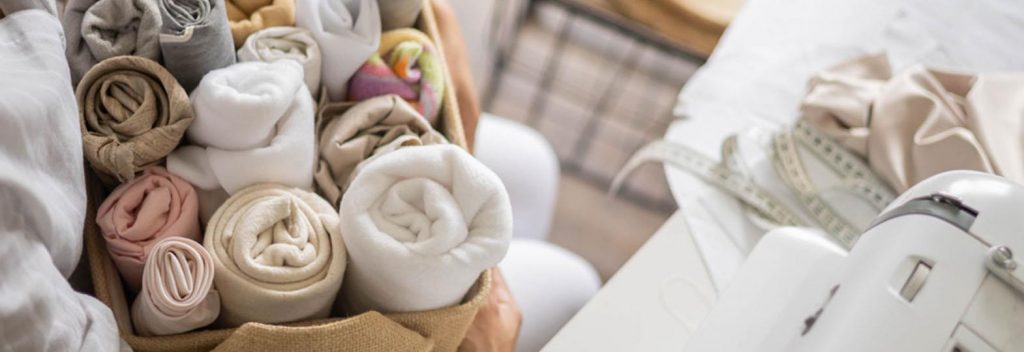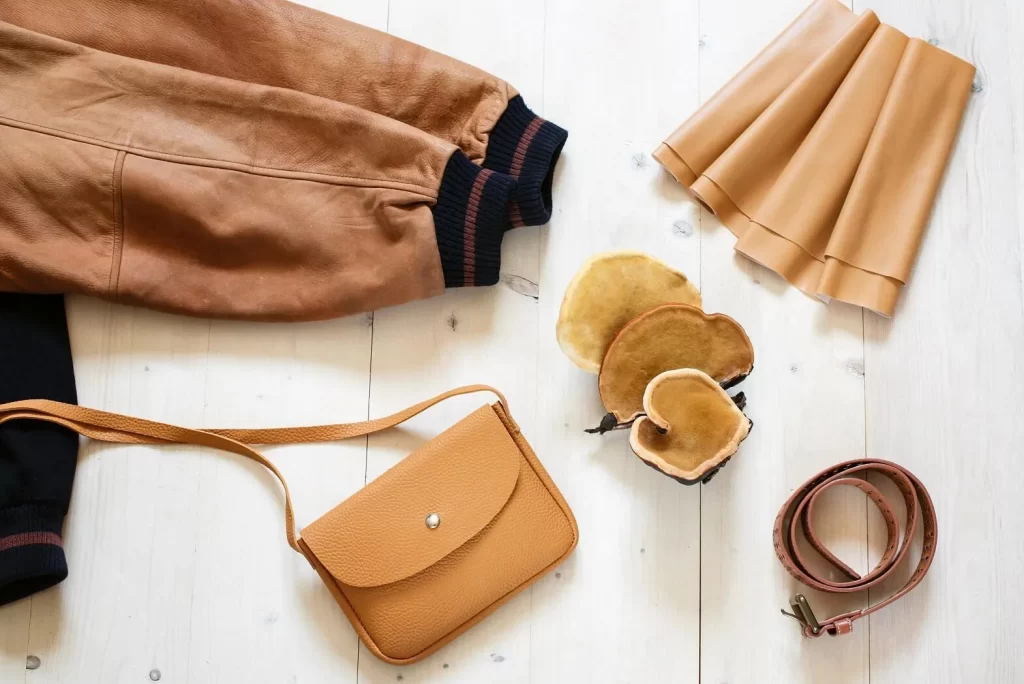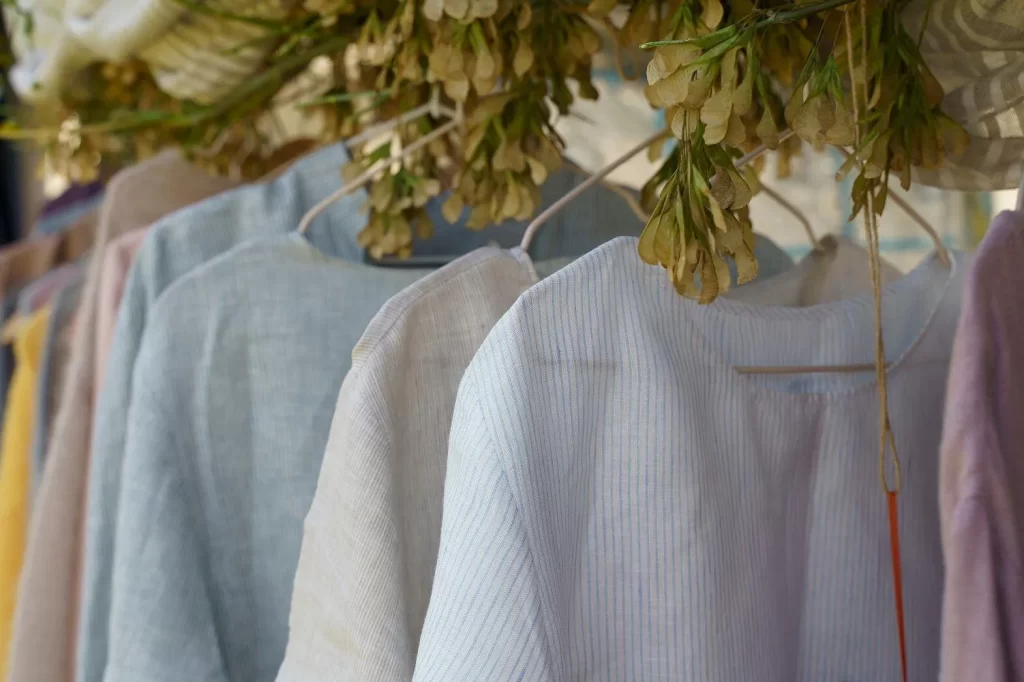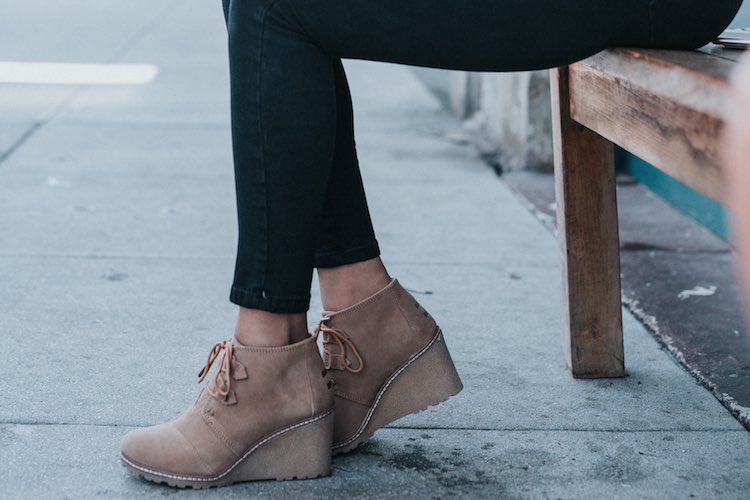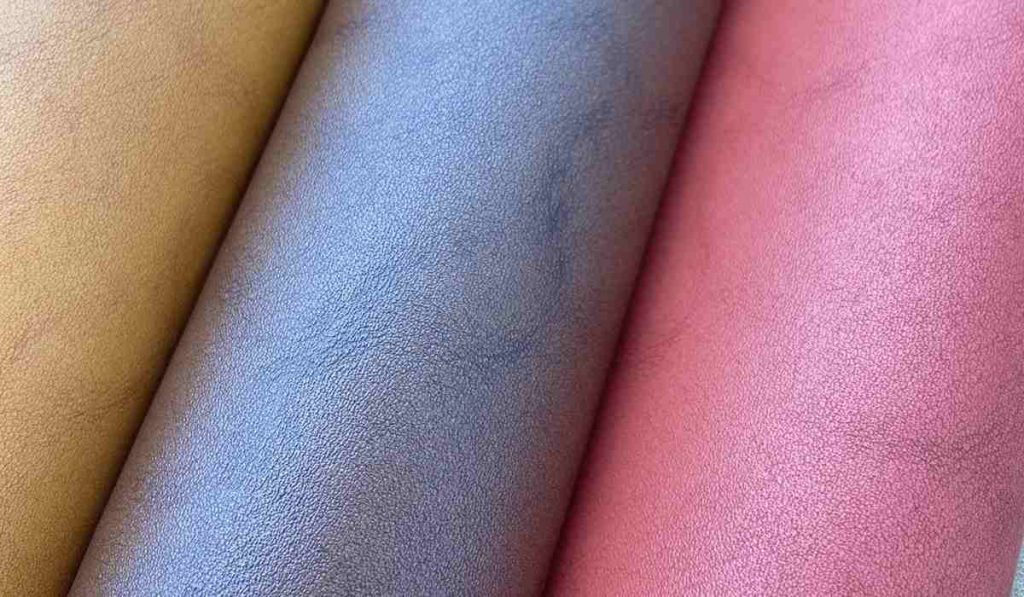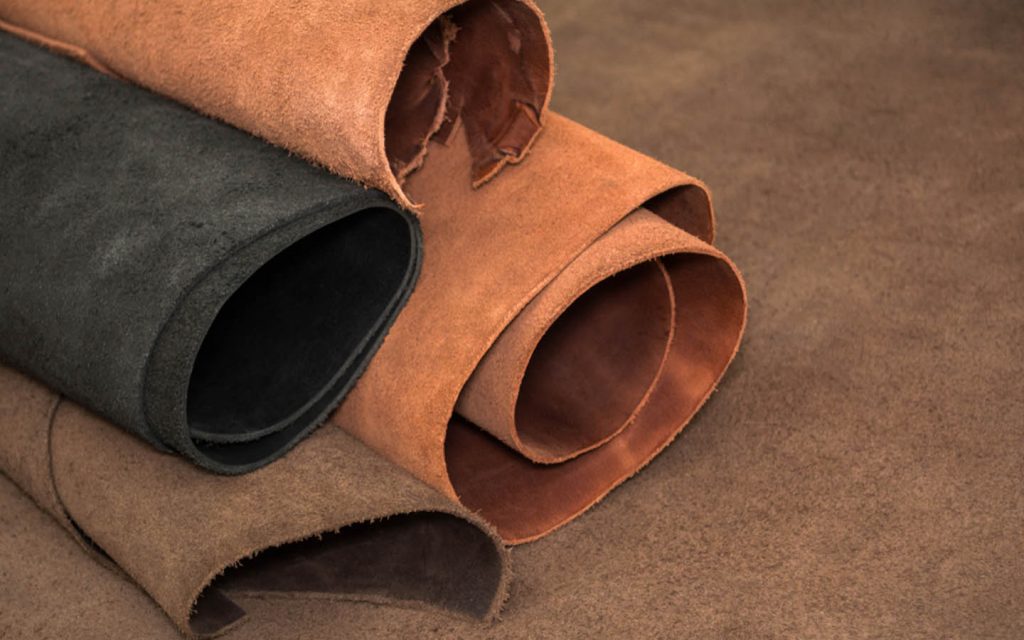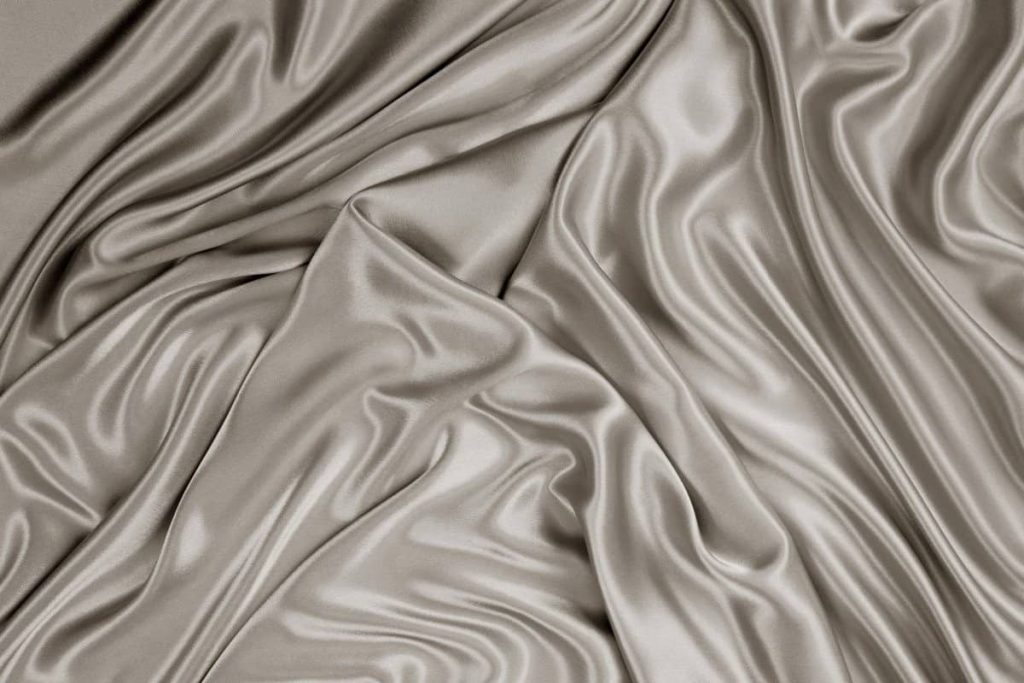how to make dress longer

A short dress can look trendy and cool, but it can also leave you feeling uncomfortable and awkward. If you find a dress you love and feel that the hemline sits a bit too high for your personal taste, don’t worry! You can easily learn how to make a dress longer using methods ranging from stretching it out to adding extra material at the hem.
The best way to make a dress longer is to add a border of fabric, lace, or trim below the original hemline. Other popular methods include stretching the dress or sewing weights into the hem to help it hang properly. Creating a skirt extender can also make a short dress look longer.
In this article, you will learn ten simple ways to make a dress longer. You will find out how to lengthen special dresses such as wedding or bridesmaid dresses. Finally, you will find tips on what to wear with a short dress to create the best outfits.

Is There a Way to Make a Dress Longer?
You can almost always make a dress longer using either stretching or sewing techniques. The key to success is to make sure you use the right method for the style of gown.
- Dresses made out of knit material can easily stretch. This applies to many maxi dresses and some sun dresses.
- If your dress has a lining behind the outer layer, you can try using the lining material to add length to the outer skirt.
- For a dress with a floaty tulle, chiffon, or lace skirt, you can try adding weights to make the skirt hang longer on your body.
- For any basic A-line or circle skirt, you can add a new border such as an additional piece of contrasting fabric, a length of lace, or a piece of trim to make it longer.
How to Make Dress Longer: 10 Methods
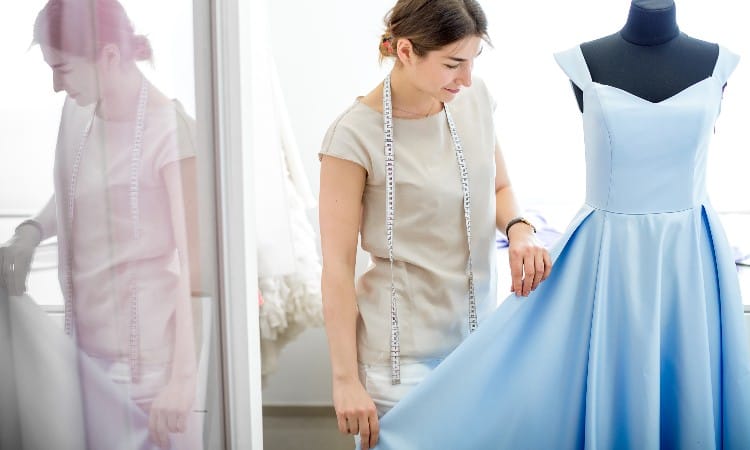
You can make a dress longer with add-ons such as lace, fabric, or trim. You can add length by soaking it and stretching it out or wearing a skirt extender. You could also use more traditional methods, such as letting out the original hem or adding length to a dress while cutting out the pattern pieces to sew it.
1. Let Out the Hem
The traditional way to add length to a dress is to let out the original hem. This method only works on certain types of dresses today, as many ready-wear clothes use a small overlocked hem instead of a traditional deep hem. To find out if your dress qualifies, turn it inside out and measure the amount of fabric folded up inside the skirt to make the hem.
If it has an overlocked hem, a rolled hem, or a very narrow hem of any kind, this method will not work.
But if you have a formal dress with a deep two-inch hem on the inside of the skirt, you can try this method!
- Use a seam ripper to carefully take out the stitches holding the hem in place on the inside of the skirt.
- With your iron on a steam setting, press the unfolded hem repeatedly until you no longer see the crease from the original hem.
- Measure the length of the hem. Add one inch to this number.
- Now, cut out a long rectangle of fabric that closely matches the dress. You will use the length plus one inch for the long side and two inches for the height of the rectangle.
- Use a serger or a zigzag stitch to finish all the sides of the rectangle to prevent it from fraying.
- Next, sew the two short ends of the rectangle together, using a ½” seam allowance. This should create a circle exactly the same shape as the hem of your dress.
- Use sewing pins to attach one of the long sides of the rectangle to the inside of the hem, all the way around the circle.
- Sew the two circles of fabric together where you pinned, using a ½” seam allowance.
- Use your iron again to press the facing (the new fabric) up into the inside of the skirt, creating a neat edge at the bottom of the hem.
- Finally, use a hem stitch to quickly and invisibly attach the top edge of the facing to the inside of the skirt.
2. While Sewing
Another old-school way to make a dress longer is to follow the pattern directions for adding length as you cut out and sew the garment. You will only want to try this method if you like to sew your clothes from scratch! But if you do, check out these tips to learn how to make your DIY clothes fit the length of your body.
This is an especially good method if you have a longer torso than average and find that store-bought clothes often don’t fit you quite right. In this case, simply adding length to the hem of the dress will not help. Instead, you want to add length to the bodice.
- Decide where you want to add length. Do you want a longer bodice? Longer sleeves? A longer skirt?
- Find the “Add Length Here” mark on your pattern pieces. This symbol uses two solid black lines running horizontally across the pattern.
- Cut along these lines to separate the pattern piece into two.
- Arrange the two cut sections on top of a piece of tissue paper. Use sewing pins or pattern weights to keep everything still.
- Decide how much length you want to add, such as one inch or two inches.
- Measure that distance from the cut line of the pattern piece at regular intervals. Draw a line with chalk on the tissue paper along these points.
- Place the second cut piece along this new line. Use tape to hold the original pattern pieces to the tissue paper.
- Cut out the tissue paper around the edge of the pattern pieces and your added section of length. You have now added length to the pattern piece!
3. Without Sewing/Stretching
If you want a no-sew method to make your dress longer, you can try stretching out certain types of dresses to add some length. This method only works on washable clothes, so check the manufacturer’s label before you try this. If the label reads “dry clean only,” don’t try this technique!
Also, dresses made out of a knit material like jersey knit will stretch much more than those made out of a plain-weave fabric.
- Find a large, clean bucket or scrub your bathtub before using it.
- Fill your bucket with warm water. Add ⅓ cup of either baby shampoo or hair conditioner, and swish it around with your hand to dissolve it into the water.
- Gently lower the dress into this solution.
- Let it soak for about 10 minutes.
- Lift the garment out of the water and gently press out as much moisture as possible, then roll it up inside a clean bath towel to get out even more moisture.
- Use your hands to gently tug on the material, stretching it out long ways to add some length to the skirt.
- Finally, hang the damp dress up to dry and use clothespins to add a little weight along the hem. This will help it keep stretching out as it dries.
4. Add Fabric
One of the best ways to add length to many types of dresses is to sew on an additional border of fabric. Generally speaking, you will want to find material in a contrasting color or pattern that looks good with the original color of the dress. Usually, this method also works better if you use the same fabric, such as cotton, polyester, and so on, as the original dress.
Follow these steps for the simplest method of adding fabric to the bottom of a dress:
- Measure the bottom edge of the dress. Add one inch to this measurement.
- Next, cut out a long rectangle of the contrasting fabric. You want this rectangle to use the length of the first measurement you found and a height that is twice as long as the amount of length you want to add to the bottom of the skirt. For example, if you want the skirt three inches longer, you need to make the height of the rectangle six inches.
- Sew the short ends of the rectangle together. If the fabric has a “good” side and a plain side, put the right sides together for this seam.
- Now fold the rectangle in half longways, but this time, put the wrong or not-as-nice side of the fabric inside. This will give you a finished bottom edge of your new hem. Zigzag or serge down the long raw edges, giving them a nice finish.
- Pin the zigzagged edge of the circle of fabric to the hem of the dress, all the way around the hem.
- Sew with about a ¼” seam allowance around the circle of the skirt.
- Finally, press the new seam on the inside of the skirt, and then iron the added strip of fabric to give it a sharp crease at the bottom.
5. Add Lace
If you want to add a decorative touch to your dress, you can add a panel of lace to the bottom instead of adding fabric!
- Start by finding a wide strip of lace that matches your dress or provides a good contrast.
- Next, cut a strip of the lace that is one inch longer than the circumference of the original hem.
- Sew the short ends of the lace together, using a ½” seam allowance. This should form a circle of lace with exactly the same circumference as the hem of the dress.
- If the dress has a lining, simply pin the top edge of the lace to the lining and then use a zigzag stitch to sew the lace and lining together all the way around the hem of the skirt.
- If it does not have a lining, pin the lace to the outer fabric at the hem of the dress, right sides together.
- Sew all the way around the circle to attach the lace.
If you don’t want to go out and buy lace for your dress, you can use a piece of an old lace curtain or simply cut the lace trim off the bottom of another old dress you don’t want anymore.
6. Add Fringe
Another fun way to add a bit of style to your dress and make it longer is to add a fringe or a border at the hem.
You can find various fringers and border trims at your local sewing store, such as Joanna Fabric. You can purchase these by the yard, allowing you to buy exactly as much as you need for the bottom of your dress.
Alternatively, you can also go on a thrift store quest and find an old skirt or dress with a trim you like and cut it off the cheap thrifted garment!
Once you have the trim you want, you can sew it to the bottom of your dress by hand or using your sewing machine.
Or, if you don’t want the trouble of sewing, you can find fusible hem tape and just iron the trim to the inside of the original skirt!
7. Add Tulle
If you think a fluffy, bouncy ruffle of tulle would enhance your dress, try adding an under-layer to the skirt! This option will make your skirt both longer and wider at the bottom.
- You will start by cutting out a large rectangle of tulle. The length can vary–the more you add in, the fuller the underlayer will grow. Generally speaking, you will want at least double the circumference of the current hem on the skirt for the length of your tulle rectangle.
- For the height of the rectangle, measure the dress from the waistline to the hem. Then add the additional length you want the tulle skirt to have, plus two inches for hemming and seam allowance. For example, if the skirt on your dress measures fifteen inches but you want it to hang two inches longer, do this: 15 + 2 + 2 = 19.
- Once you have your large tulle rectangle ready to go, sew the short ends together. If possible, use a serger to help the delicate fabric avoid fraying.
- Now finish the bottom edge of your large circle of tulle. You can do a rolled hem here or a simple serged edge if you don’t care if it looks super formal.
- Next, stitch two rows of basting stitches around the top edge of the tulle circle. The first row should go ¼” inch from the raw edge and the second ½” inch from the raw edge.
- Turn gently on the bobbin thread in these two rows of basting stitches to gather up the tulle along its top edge.
- Use sewing pins to attach the gathered edge to the inside of the waistband in your dress. You may need to loosen or tighten the gathers to make the tulle circle exactly fit the circle of the inner waistband.
- Finally, sew the tulle to the inside of the dress. You may want to hand stitch this to keep the stitching invisible on the outside of the dress.
You can also use a strip of tulle as a ruffled trim and follow the steps in the “adding fringe or trim section above to attach the ruffle to the bottom of the dress. This uses less tulle, providing a less expensive option.
Finally, if you want an easy way to add tulle, buy a ruffle or pleated tulle skirt that hangs just a bit lower than your dress, and wear the dress over the skirt!
8. Use Lining
If you want to add some length to your dress using a matching color, you can try removing the lining and turning that material into a border at the hem of the dress. Of course, this method only works in a dress with a lining! Also, the lining has to have the same width as the skirt at the hem. If you have a full-skirted dress with a narrow lining inside, that style will not work for this method.
- Start by turning the dress inside out and neatly slicing the lining away beneath the waistband. This should leave you with a skirt-shaped piece of lining.
- Decide how much length you want to add and then add one inch to this length. For example, if you want to add three inches to the bottom of the dress, add one inch to get four inches.
- Cut off the bottom edge of the lining using the height you decided on (four inches in the previous example).
- You should now have a strip of lining material in a circle, with one edge finished.
- Zigzag around the raw edge of the lining to finish it.
- Then pin the zigzagged edge to the inside of the hem of the skirt.
- Finally, either stitch around the outside of the dress to sew the lining band into place or hand-sew the zigzagged edge to the inside of the dress hem if you do not want the stitching to show on the outside.
9. Dress Extender
A dress extender is basically an underskirt or petticoat with lace, ribbon, ruffle, or trim sewed onto its hem. You can wear the underskirt beneath your dress; only the decorative trim will show, peeking out from below the hem.
- You can make your own extender by using a skirt pattern and sewing it from scratch. Usually, a soft, stretchy material such as a nylon knit or a jersey knit works best for this.
- You can repurpose a slip by sewing a circle of trim onto its hem and use that. This method saves you much time, though you may have to buy the slip.
- You can use a ready-made skirt and add a tulle ruffle to its hem that will stick out from below your dress.
10. Weights
Sometimes, you can attach small, unobtrusive weights to a skirt to help it hang down straight, giving it more length. This works well on swirly, floaty skirts that can poof up instead of hanging down to their full length.
The easiest way to do this is to sew a tiny pocket out of ribbon, slip a penny inside, and then hand-stitch the ribbon pocket inside the hem of your skirt. You can add the penny pockets at regular intervals around the inside of the skirt.
If you do not have the time to sew ribbon pockets, you can also tape the pennies to the inside of the dress for a temporary solution or use safety pins and heavy beads on the inside of the hem instead.
How Do You Fix a Dress That is Too Short?
You can fix a dress that is too short by adding material to the bottom of the dress, stretching out the dress, or wearing a longer layer beneath the dress.
So if you bought a new dress and then panicked when you realized how short it was, don’t worry! There is almost always a way to lengthen a dress.
If you don’t have a sewing machine, try the stretching or adding weights methods described earlier in this article. If you can sew, the simplest method for adding length to a dress is to attach a border o some kind–lace, additional fabric, tulle, or even a fringe.
How to Make Special Dresses Longer:

If you want to know how to make one specific kind of dress longer, check out these tips for adding length to special dresses, such as wedding gowns and bridesmaid dresses.
Chiffon Dress
The best way to make a chiffon dress longer is to wear a skirt extender beneath it or add a chiffon ruffle to the underside of the existing trim.
Sewing with chiffon can get tricky because this diaphanous, drapable fabric can slip and slide around the sewing machine. You will want to test your machine’s stitch length and tension settings to help prevent this. Also, try adding a layer of tissue paper between the ruffle and the hem of the dress as you sew as a stabilizer. Once you finish sewing, you can gently tear away the paper!
Wedding Dress
Unless you have excellent sewing skills, the best way to make a wedding gown longer is to take it to a seamstress or tailor. If you want to DIY your wedding gown, try letting out the original hem. Most wedding gowns use a more formal style, which should contain a wide strip of folded-up material inside the hemline.
You can also find a petticoat in the right length, stitch a ruffle or lace to the hem of ht petticoat, and use that as a skirt extender underneath your wedding dress.
Bridesmaid Dress
Anyone with sisters or girlfriends knows all about the tragedy of stuffing yourself into a bridesmaid dress that doesn’t fit your body type. Of course, you go through all the fuss to help your dear friend, the bride, but you want to look nice yourself, too!
For a short dress with a narrow skirt, try letting out the hem in the traditional manner. For a flowy dress that has lightweight material in the skirt, your best bet is to wear a skirt extender beneath the dress. This will not mess up the style and lines of the dress that the bride picked out for you, but you can feel comfortable about having more of your legs covered up!
Satin/Formal Dress
Most of the time, a formal or a satin dress will have a wide hem that you let down to lengthen it. A fitted dress will not look great with a skirt extender beneath it, so consider adding a matching panel as a border at the bottom of the skirt instead.
If you sew with satin, it can unravel easily, so always finish raw edges.
Silk Dress
Most of the time, the best way to make a silk dress longer is to add a complimentary edging of lace, tulle, or chiffon to a skirt extender and wear that beneath the skirt. This works especially well with an A-line or circle skirt style of a silk dress.
If you find a lovely contrasting strip of silk, you could also add a fabric panel to the original hem.
You do not want to try to iron fusible hem tape to silk, though. You should also avoid trying to soak and stretch it.
What to Wear Under Short Dress
Sometimes you just want to pull off the style of a short dress, but you don’t know what to pair with it to make a great outfit. You can try these tips whether or not you used one of the methods in this article to make your short dress a little longer!
- In cold weather, consider wearing thick, opaque tights with a short dress. That way, you don’t have to worry about awkward moments while moving around!
- If you don’t want to melt in warmer weather, consider wearing a pair of cycling shorts beneath the short skirt instead.
- You could also try wearing seamless undergarments so that nothing shows through a short dress.
- When sitting or standing up, bend at the knees. You can also hold a jacket over your lap if you’re worried about awkward getting-out-of-the-car moments!
Conclusion
You can make a dress longer with add-ons such as lace, a fringe, contrasting fabric, or ruffles. You can also make some dresses, especially those that contain knit fabric, longer by stretching them out. For formal or fitted gowns, you can often let out the original hem or cut up the lining to add length to the skirt.
The best way to successfully lengthen your dress is to pick a lengthening method that suits the style of the dress. For lightweight, swirly dresses, add lightweight fabrics. For knit materials such as jersey knit, try stretching out the dress to the desired length. For A-line or circle skirts, adding a fun contrasting border or trim often works best.
Other News
Unravelling Asia’s Textile Dominance: Strategic Advantages and Future Prospects in the Global Market
Innovations in Home Textiles Industry: Revolutionising Comfort & Style
Decoding Germany’s Budget Crisis and its Likely Impact on the Textile-Apparel Industry
Best quality fabrics for clothes | Top 10 textile countries in the world
Best quality fabrics for clothes | Top 10 textile countries in the world
What is jacquard fabric? Different types of jacquard fabric.
Consumer Textile Recycling: Emerging Technologies Shaping Sustainable Fashion
Factors that will Impact the Textile Value Chain in 2023
Solving Fabric Waste for a Greener Fashion World
Eco Innovation in Fashion: Revolutionising the Industry
Denim Brands: Moving Towards a Greener Future
Functional Textiles: Blending Innovation with Sustainability
Organic Fabrics for Sustainable and Luxurious Living
Differences in foot shape when wearing wedge-heeled shoes with elevated forefoot height and heel height
Introduction of pvc leather fabric
Original Leather in Pakistan; Natural Thick High Resistance Durability Soft Flexible
Silk Tricot Fabric; Circular Weaves Sturdy High Resistance Not Irritated Skin
How useful was this post?
Click on a star to rate it!
Average rating 5 / 5. Vote count: 1
No votes so far! Be the first to rate this post.




